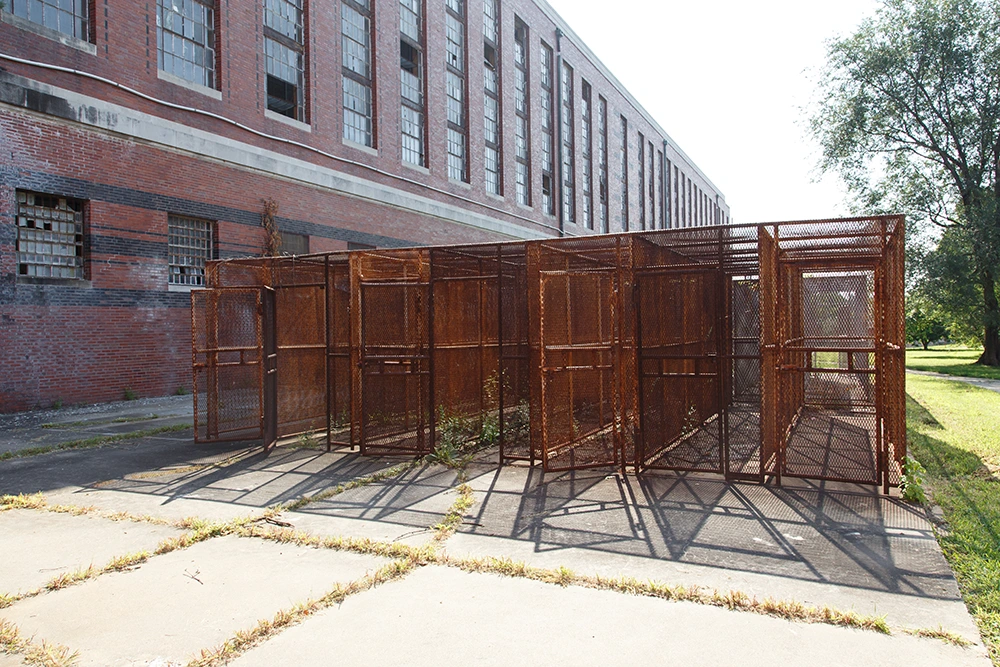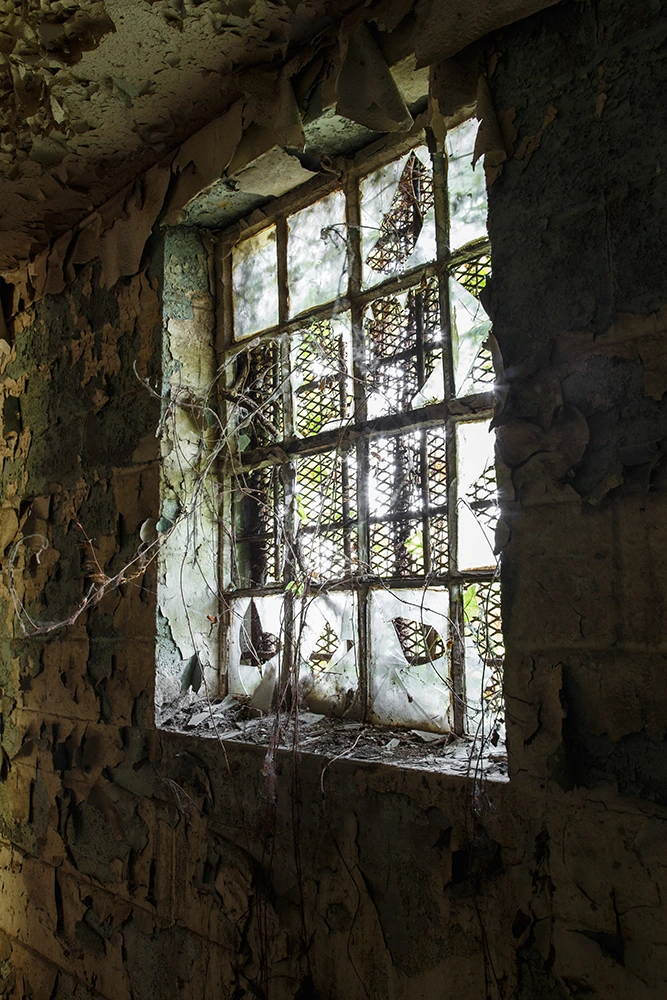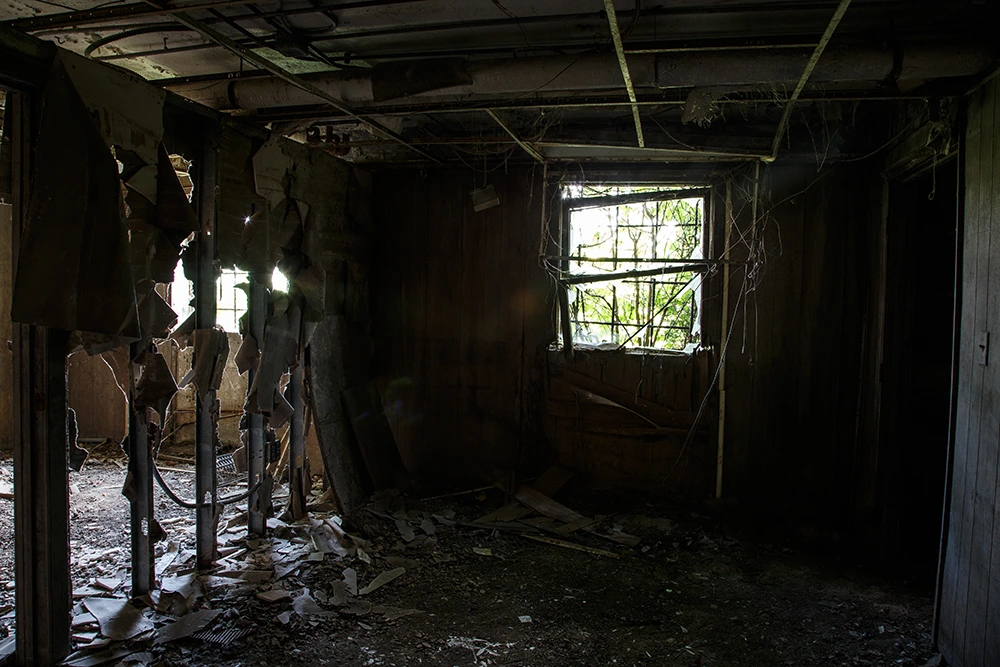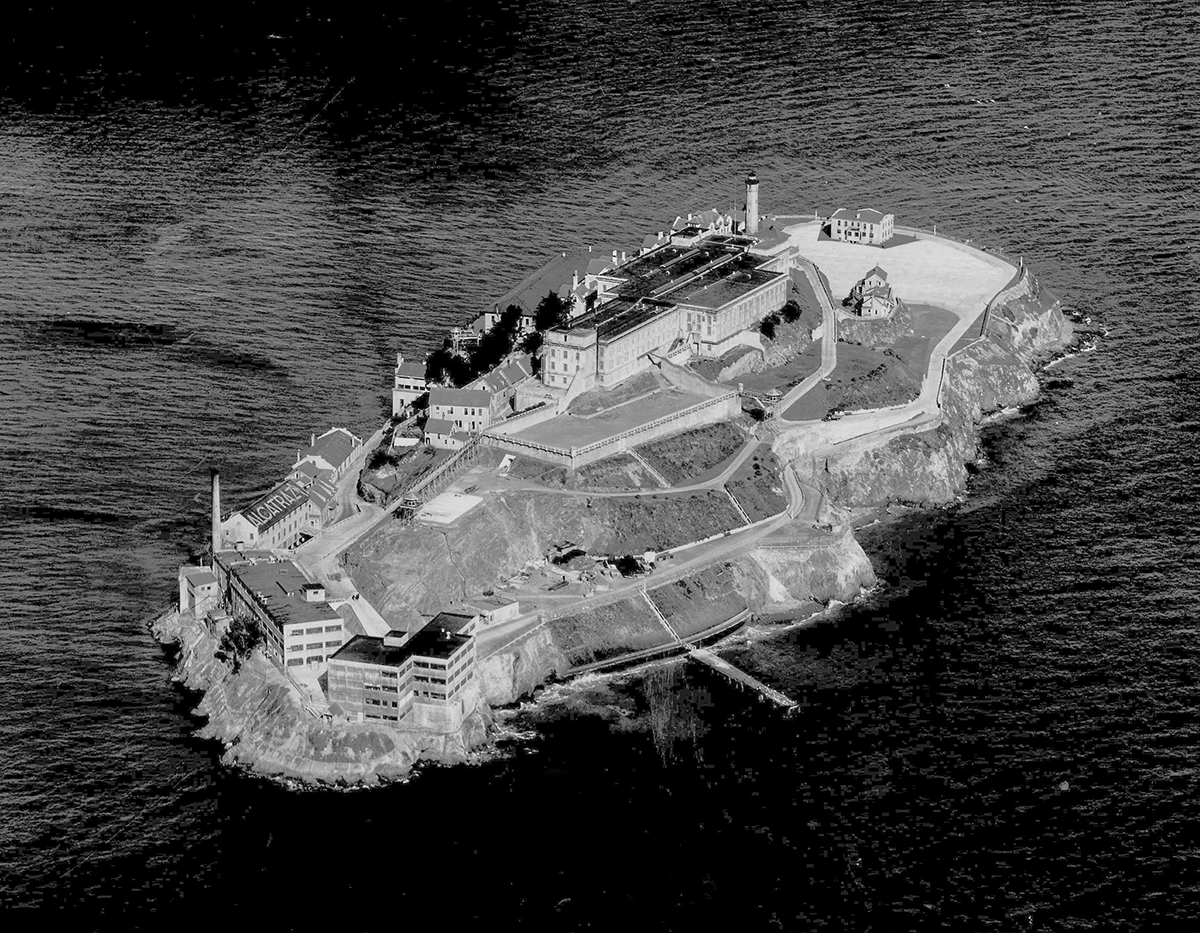Tuesday, August 20, 2013
Missouri State Penitentiary began serving up hard time in 1836, the same month (March 1836) in which the infamous fall of the Alamo in Texas had occurred. It served as Missouri's primary maximum security institution before it closed in 2004, until which time it was the oldest operating prison west of the Mississippi.
The prison is located in Jefferson City, MO, the state capitol. It was constructed here to help solidify Jeff City's claim to capitol status, because at the time there were other cities vying for the same designation.
The Missouri State Penitentiary, or MSP, which has been referred to as the "bloodiest 47 acres in America", has housed some of the worst criminals this country has had to offer. Notable among the inmates that called it home were Charles Arthur "Pretty Boy" Floyd, James Earl Ray and a vile pair of scumbags Bonnie Heady and Carl Austin Hall.
"Pretty Boy" Floyd served a ~4 year term here for highway robbery. A few years after his release, in 1933, he was involved in the Kansas City Massacre with an associate, Adam Richetti. Floyd would ultimately be gunned down fleeing from police while a fugitive. Richetti was caught and executed in the gas chamber here on October 7, 1938 for his involvement in the massacre.
James Earl Ray was a life-long petty criminal. He was sent to MSP following his last conviction in 1959 which was for an armed robbery of $120 from a Saint Louis Kroger store. He was sentenced to 20 years in prison but escaped in 1967 by hiding in a truck that was delivering bread to the nearby Renz Women's Prison. He had been a fugitive for about a year, with a mere $50 bond, when he committed the crime for which he would become famous. On April 4th, 1968, James Earl Ray assassinated Martin Luther King, Jr in Memphis Tennessee at the Lorraine Motel where King had booked a room.
Bonnie Heady and Carl Austin Hall were sent here for the kidnapping and murder of 6 year old Bobby Greenlease, the son of a wealthy Cadillac Dealer. There was no attempt to keep the child safe until the ransom was delivered, instead they killed him right off the bat and yet continued to lie to the parents about it until their money was delivered. They were caught fairly quickly afterwards and executed side by side in the gas chamber at MSP, Bonnie being the only woman to be executed here.
1954 RIOT:
At about 6:30pm on the evening of September 22, 1954, two inmates jumped two guards and stole their keys. They lured the guards into their cell by faking an illness in a plot to escape. After severely beating one of the guards, the inmates then proceeded to unlock all the other cells they could reach. This was the beginning of the infamous Prison Riot of 1954. By midnight, nearly 2,500 prisoners were loose inside the walls of the prison which was by this time surrounded by the National Guard, Kansas City and Saint Louis police departments, local police and even armed citizens who were determined to defend themselves against any potential escapees. As the rioters began to storm the Deputy Warden's office, armed guards on the roof opened fire on the prison yard to quell the uprising with fully automatic machine guns. This proved successful as it caused many to give up or to take cover, at which point they were cornered and subdued.
By the next morning, only B and C halls remained barricaded and unwilling to surrender. Trooper Wilson gives the following account of bringing B and C halls into order:“It was a tense moment and anything could happen: we were heavily armed with riot guns and submachine guns as we entered the massive building. The inmates inside were shouting, cursing and throwing articles of bedding, furniture and personal belongings. All the windows had been broken out. As we entered the door we were greeted by flying debris. A 50-lb cake of ice pushed from a tier above barely missed my head. As we plunged through the hallway, wading in four inches of water I noticed to my left that the water in front of one cell was crimson red. Red with the blood of one of the wounded convicts who had been stabbed earlier by a fellow inmate. Over the loud speaker, the convicts were ordered to get into the nearest cell and be quiet or they would be shot. One inmate ignored the order, leering and shouting. Without hesitation, one of the troopers raised his weapon and shot the troublemaker dead. At that, an eerie silence fell in the huge building. The convicts retreated into the nearest cells as instructed and the troopers slammed shut and locked the doors behind them. Up to nine prisoners were crammed into the tiny cells. When all were safely locked away, an all-clear whistle sounded. Then, one cell at a time, the men were strip searched, taken out into the yard and processed by the waiting officers. They were returned to their proper cells. It took until mid-afternoon to finish the job."
Total damage caused by the riots resulted in four inmates killed and 50 injured. Four officers were injured, more than 4 buildings were burned to the ground and damage was estimated at $5 Million. Not a single prisoner managed to escape as a result of the riots.
Closure and Current Status:
The Missouri State Penitentiary closed without warning on September 15, 2004. Buses lined up outside to haul the inmates to the new prison and the transfer was completed successfully, without incident.
Since its closure, many buildings have been demolished and many more are scheduled for demolition. The Administration and Hospital buildings were demolished just within the past few years. Sources indicate that there are currently as many as 9 more buildings scheduled to be razed by spring 2014. Currently, the prison is open for tours and I highly recommend it. Visit https://www.missouripentours.com/ for more information.
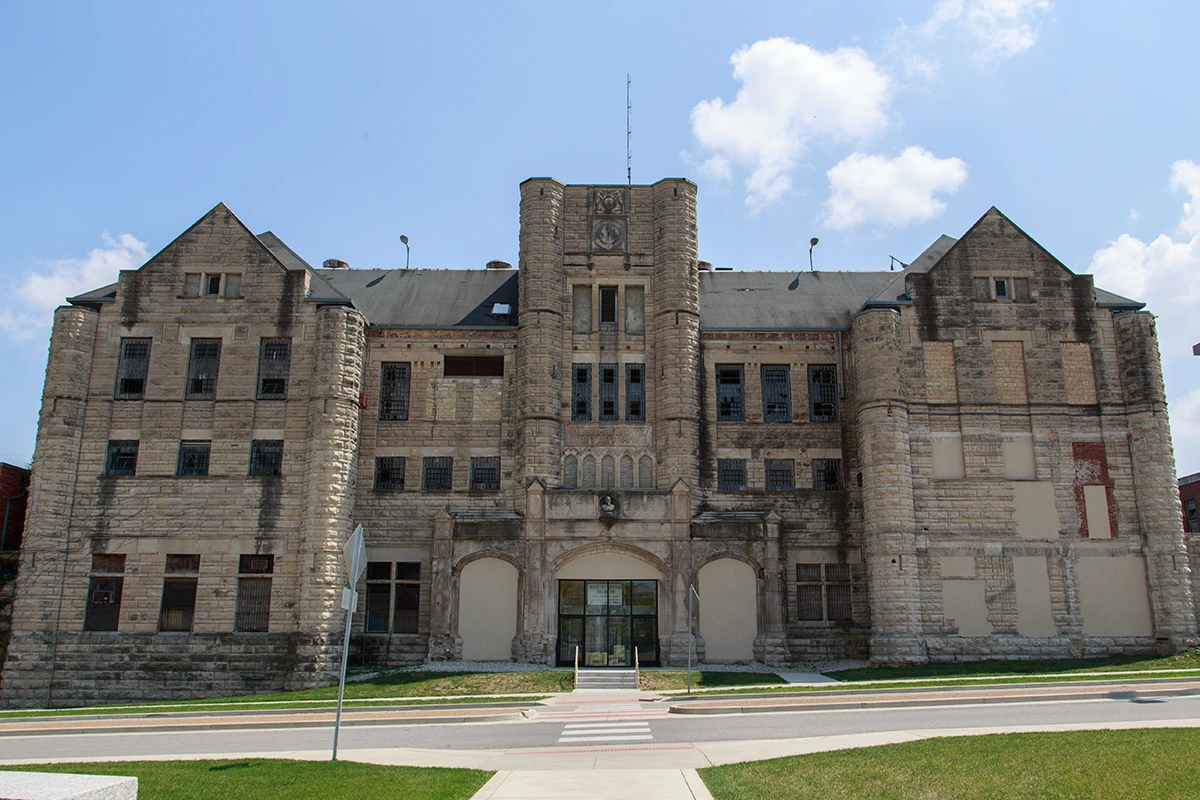
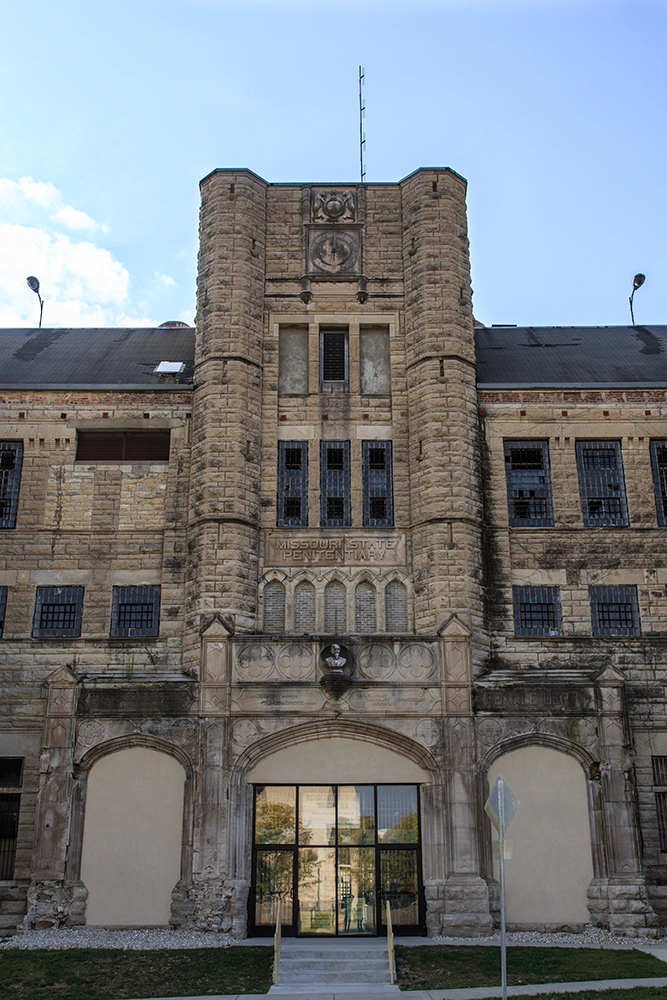
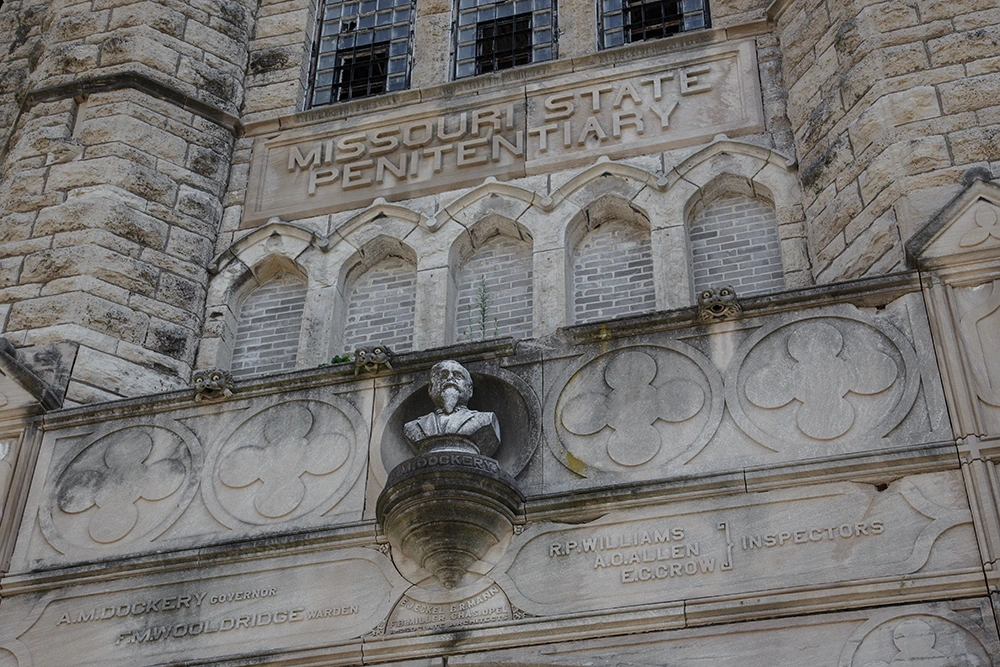
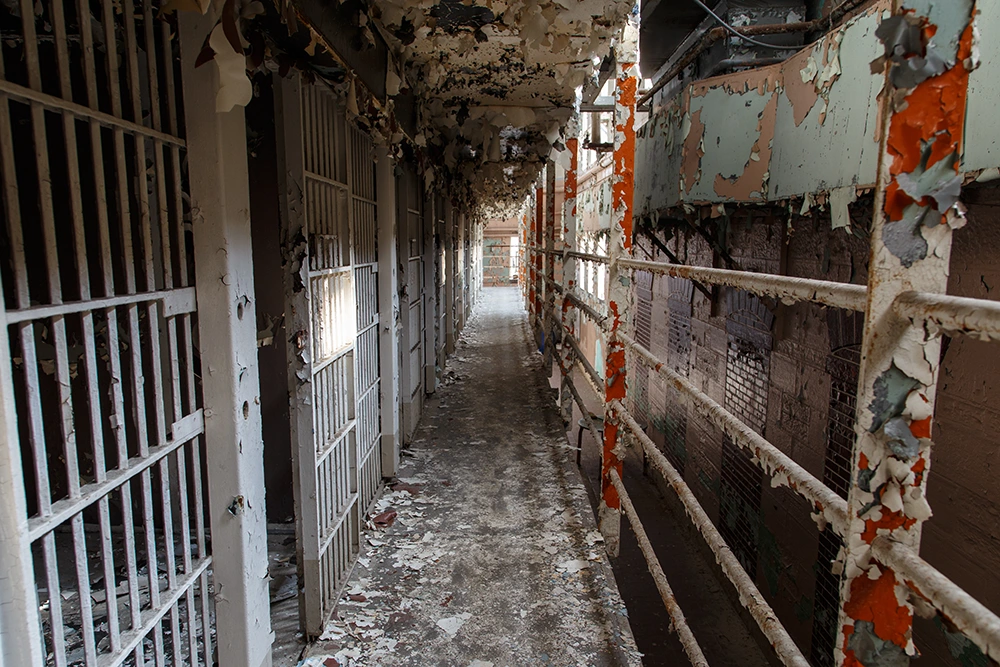
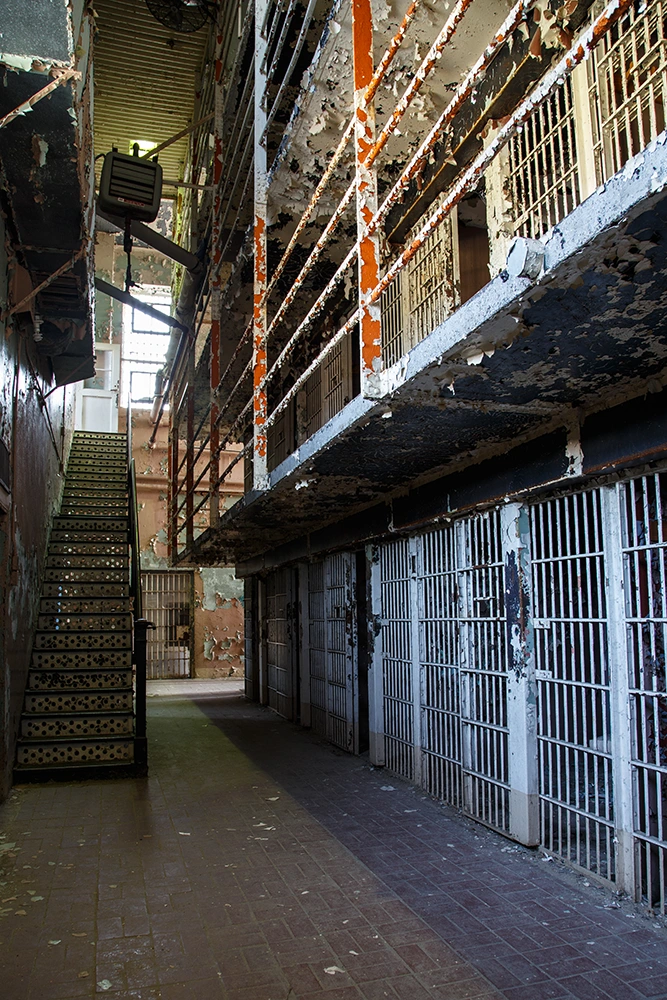
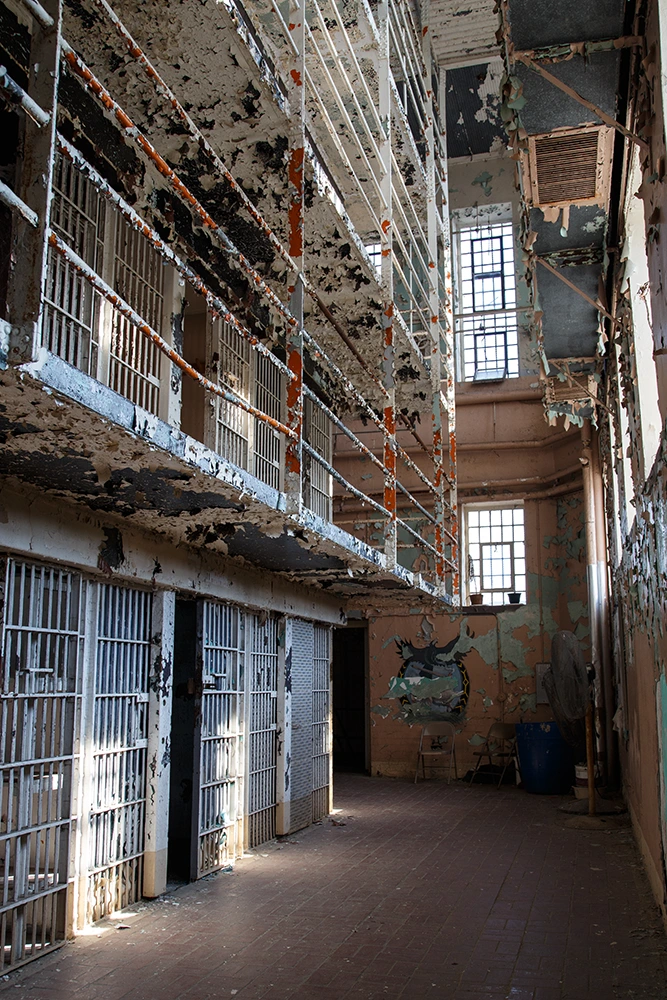
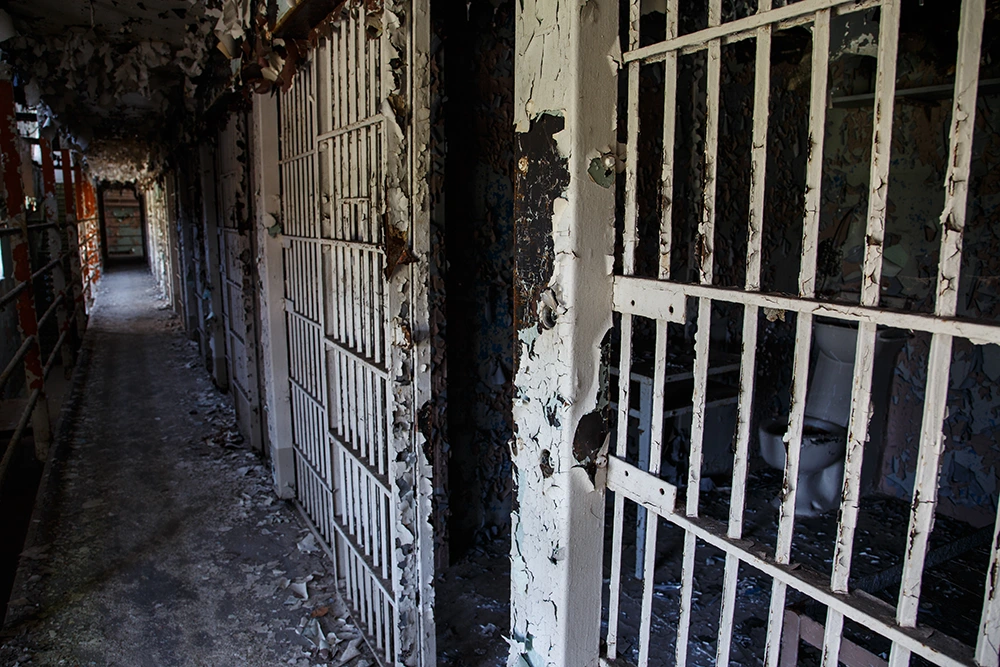
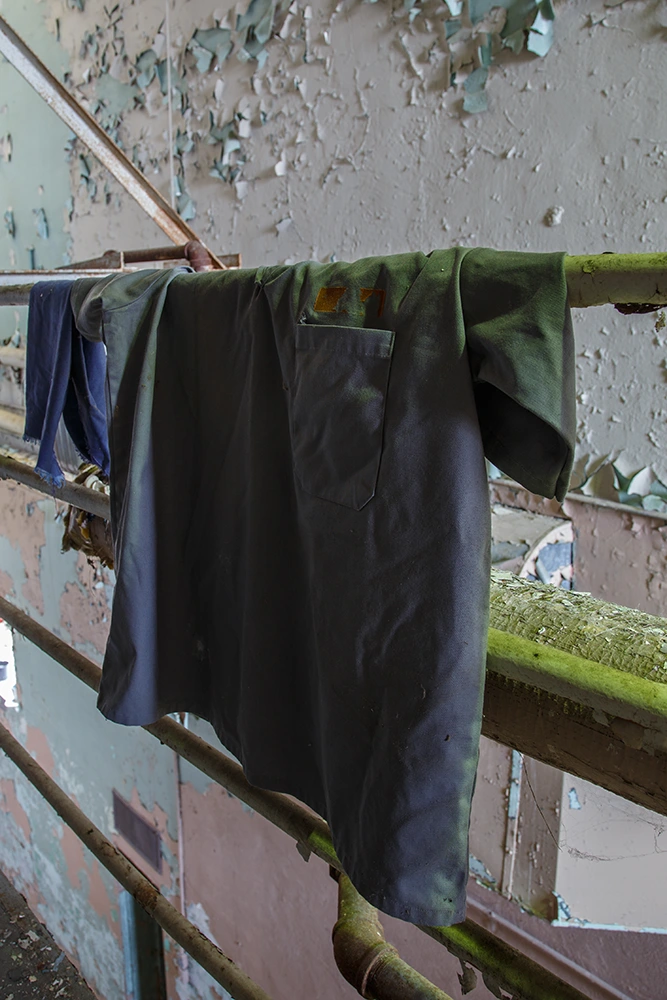
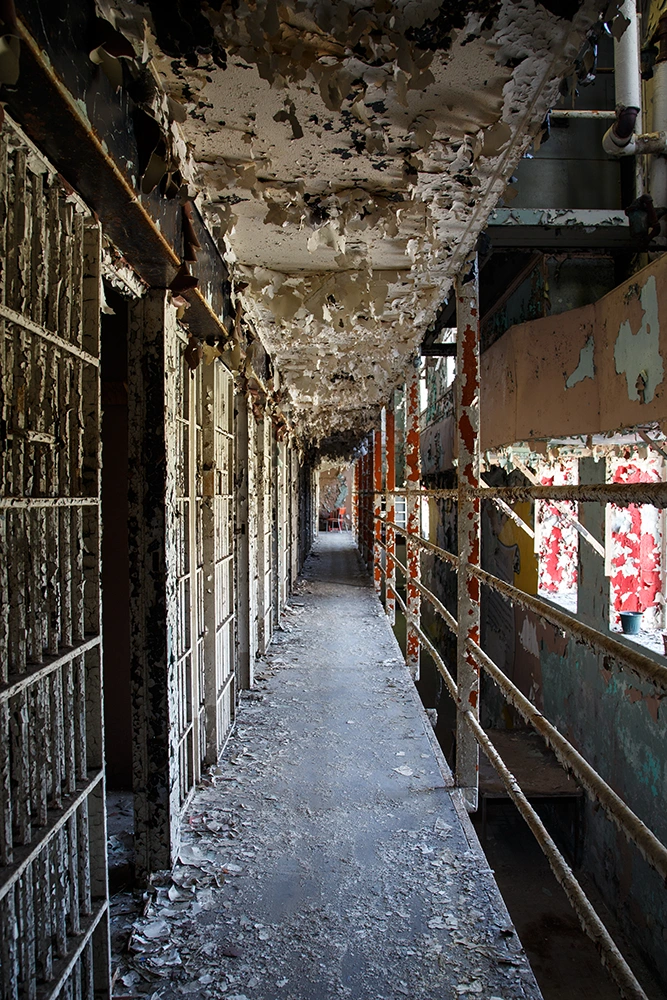
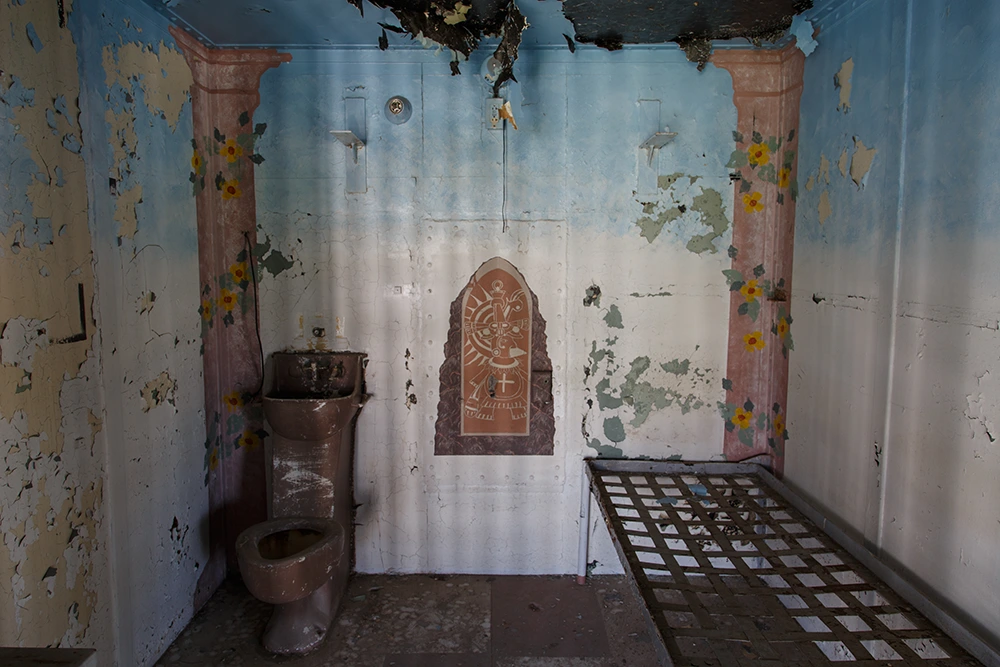
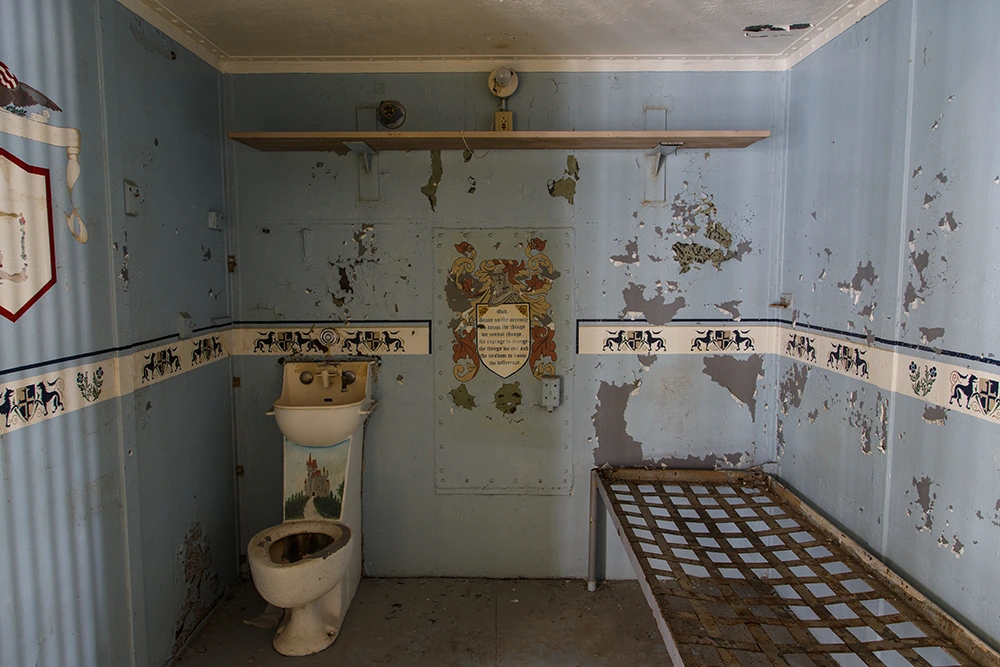
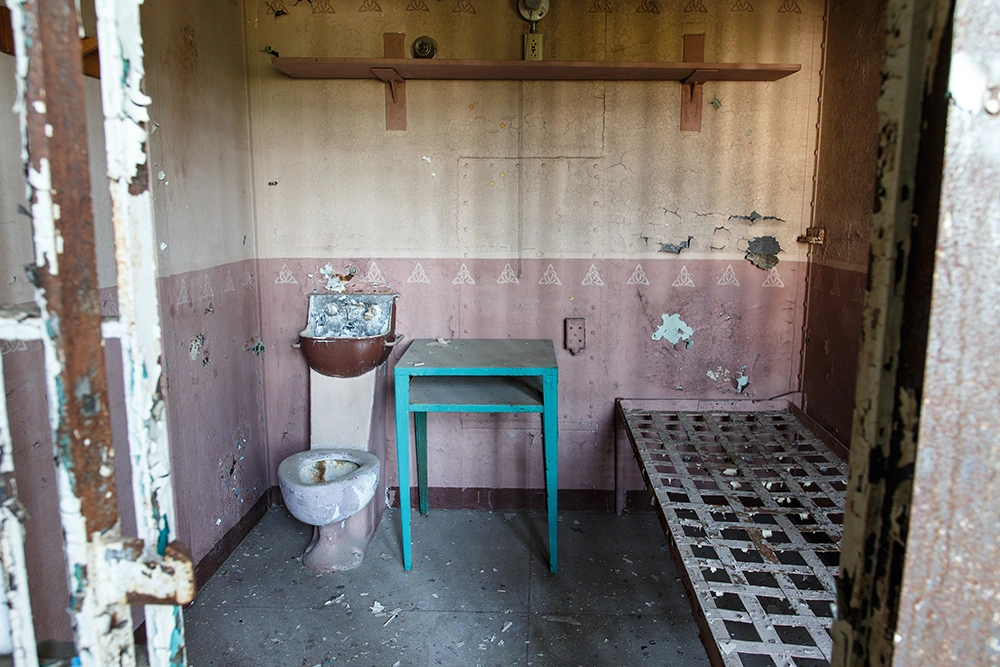
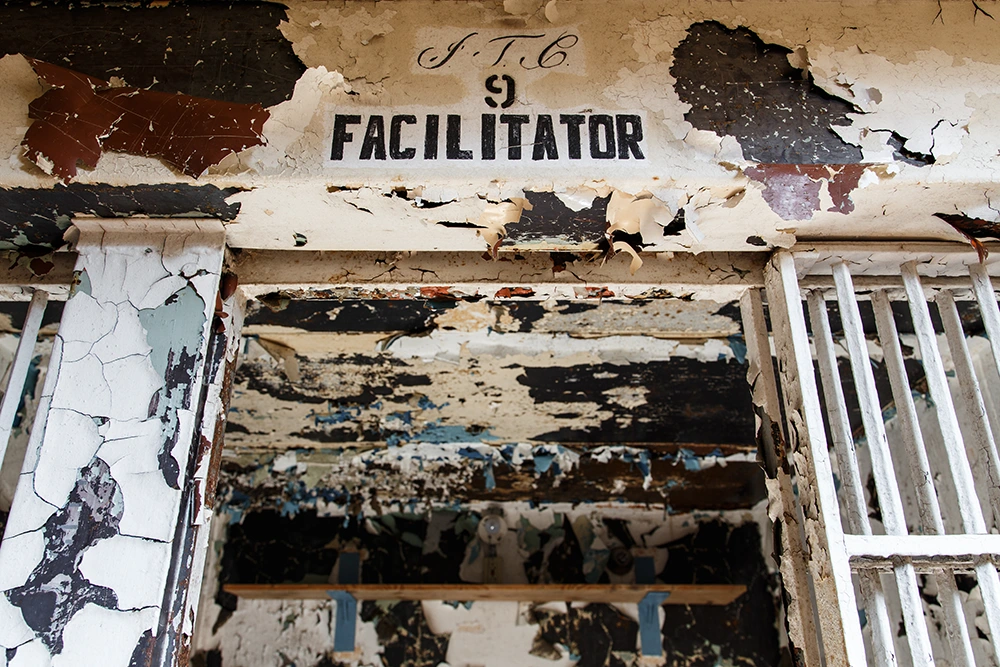
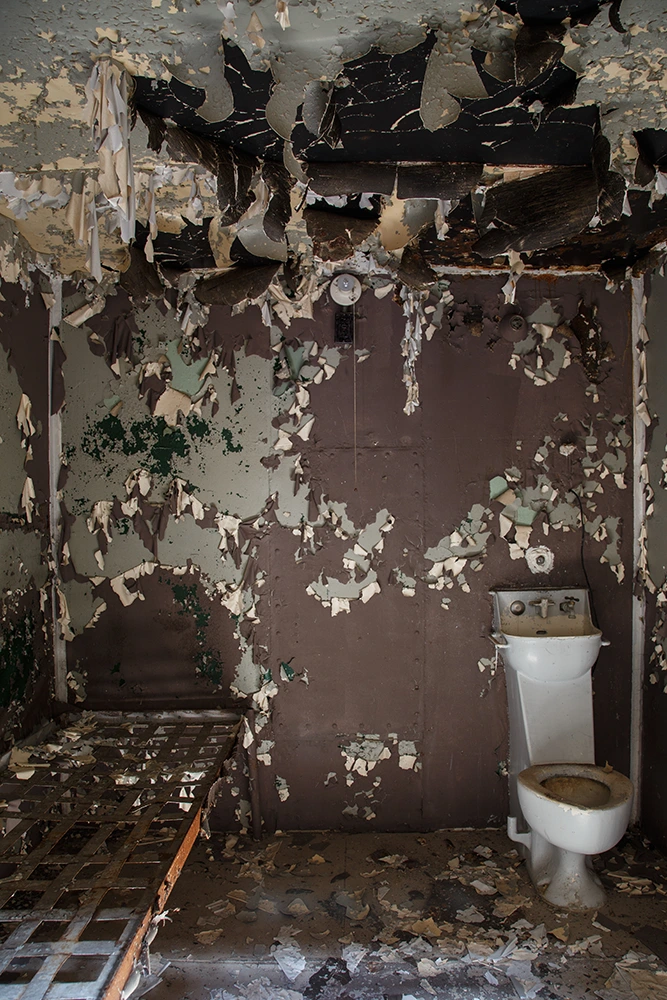
Housing Unit 4, or A-Hall, the oldest building on site (built in 1868):
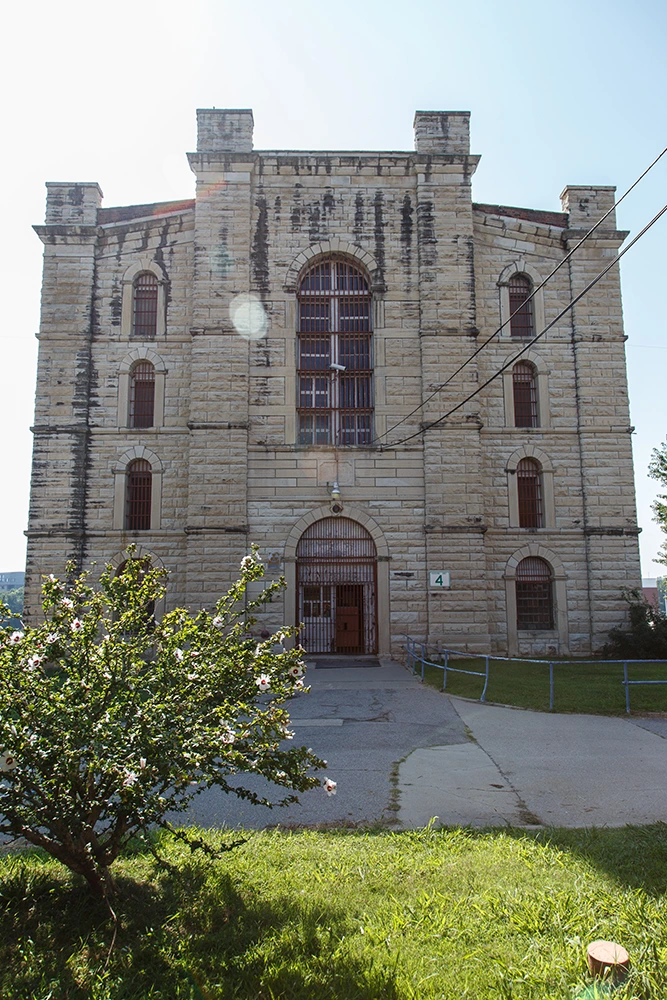
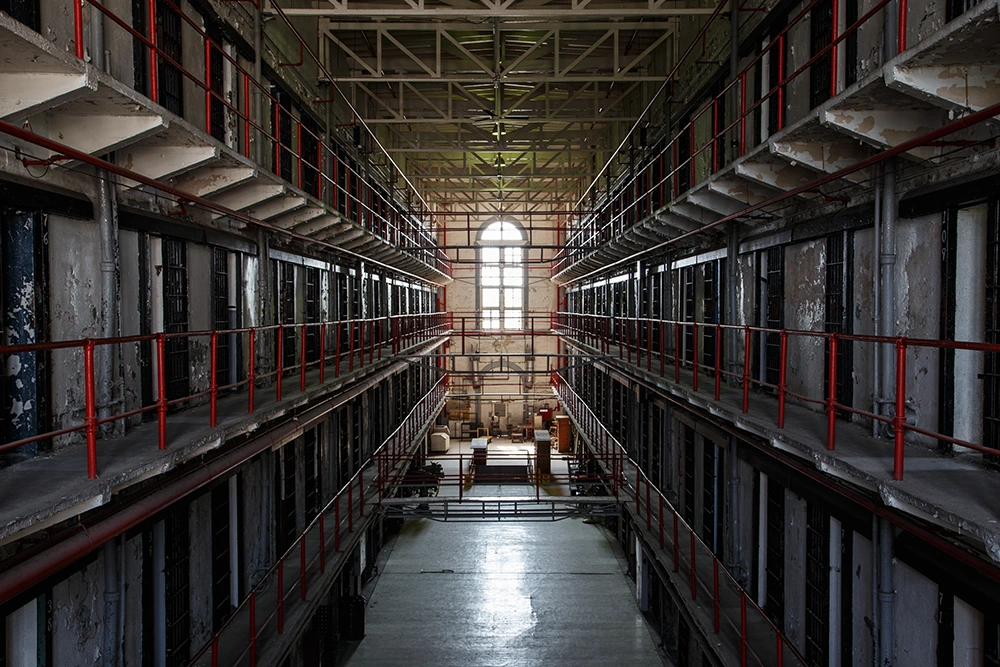
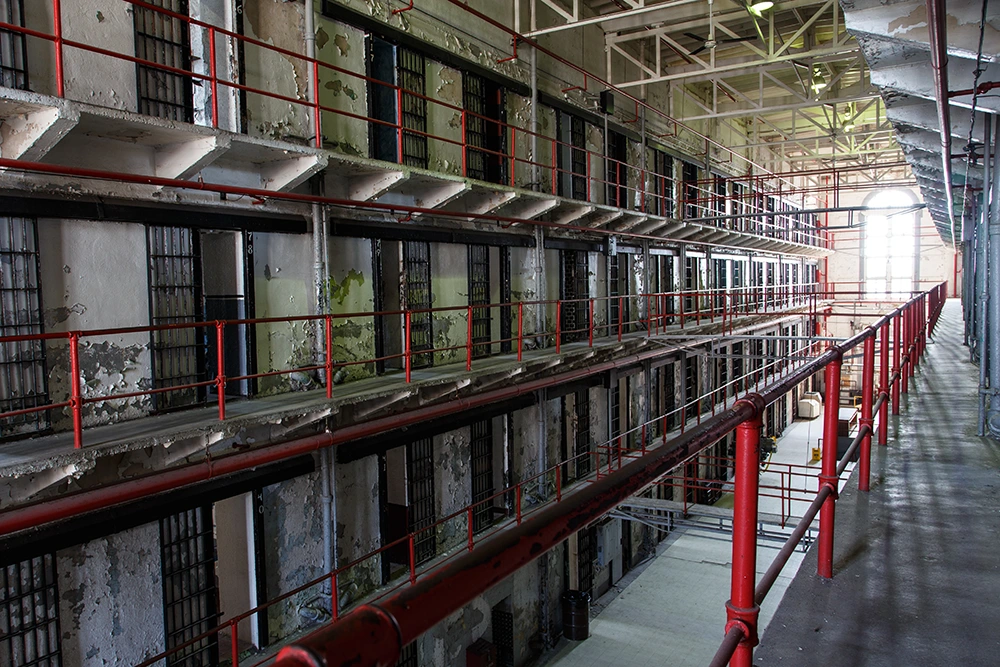
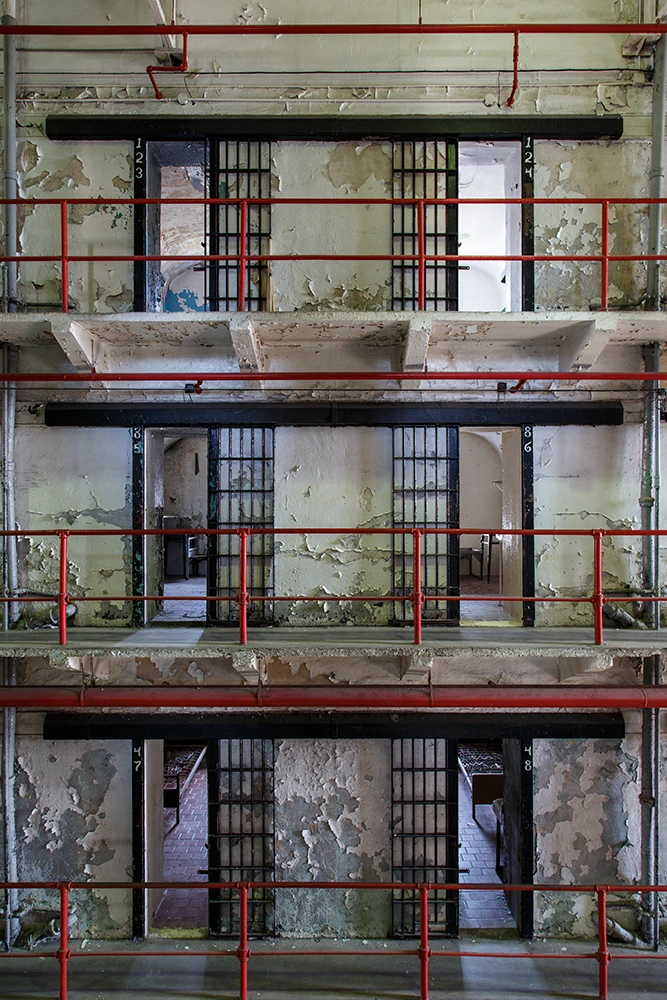
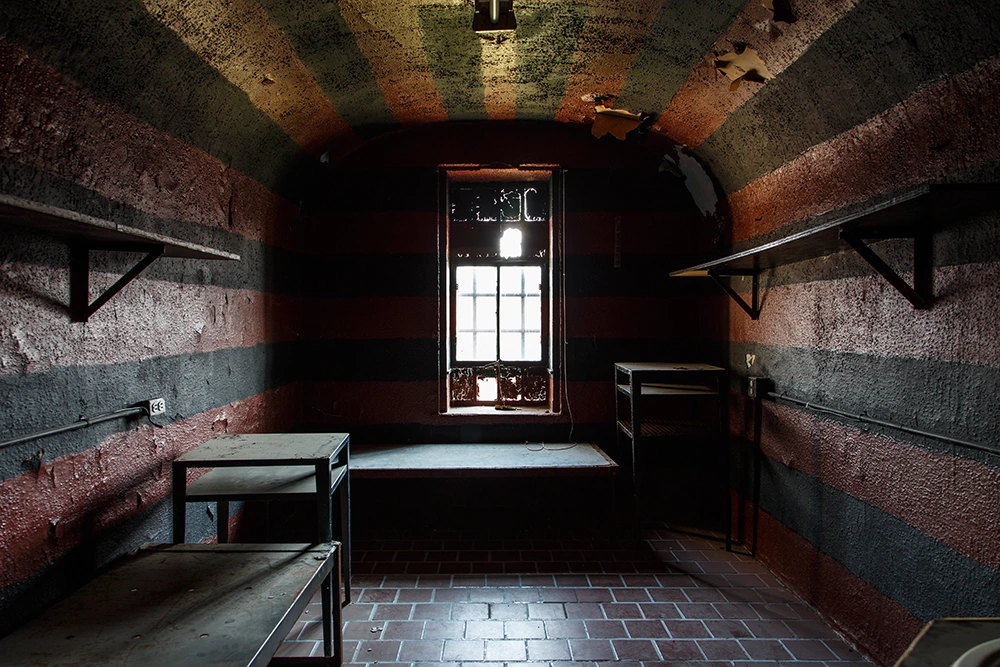
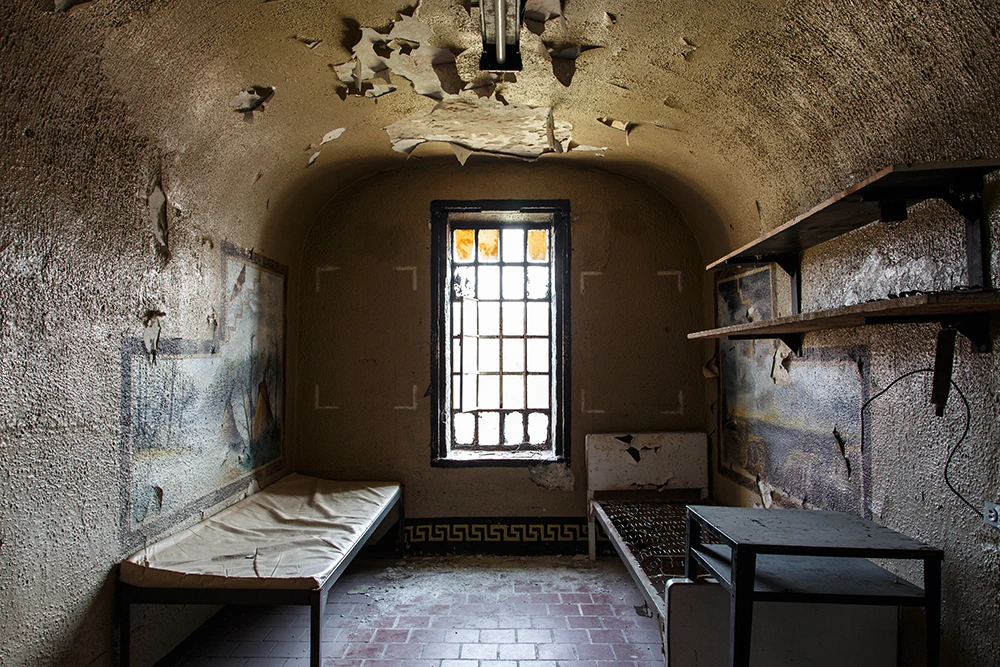

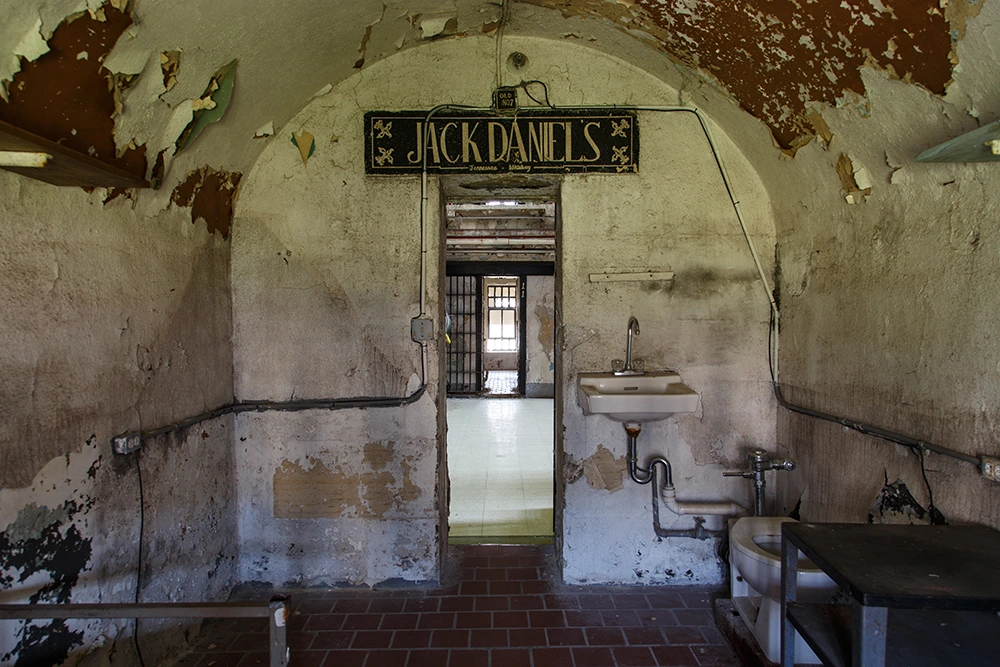
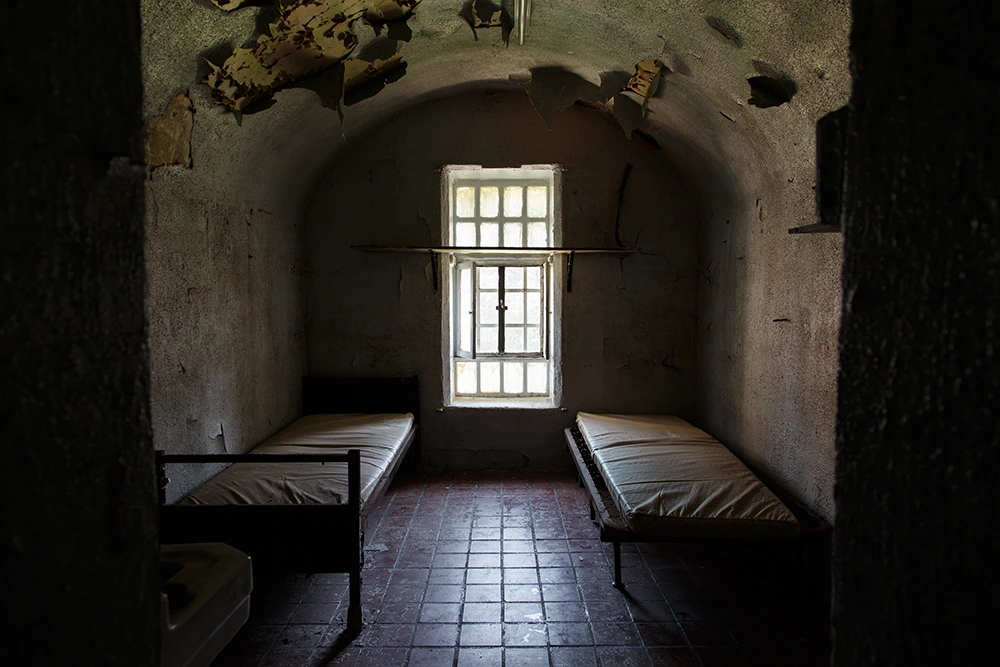

F/G Halls including Death Row:
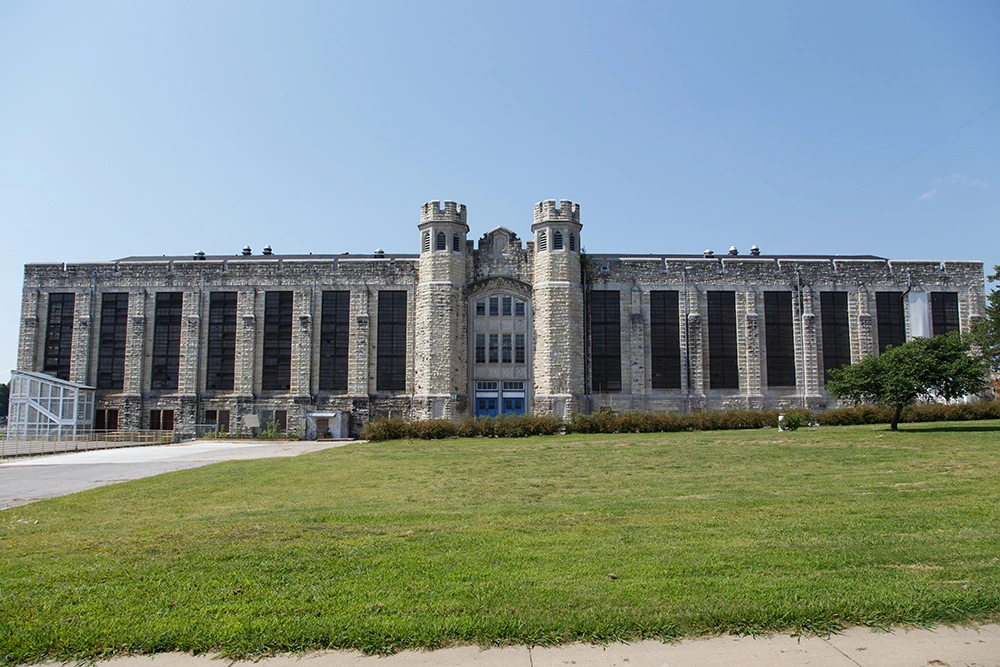
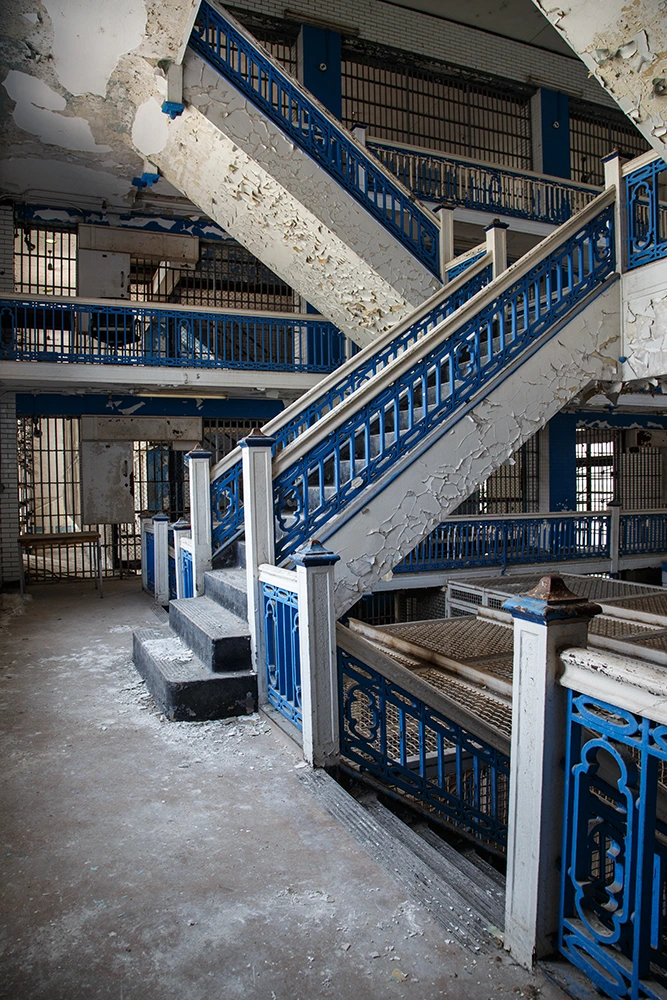
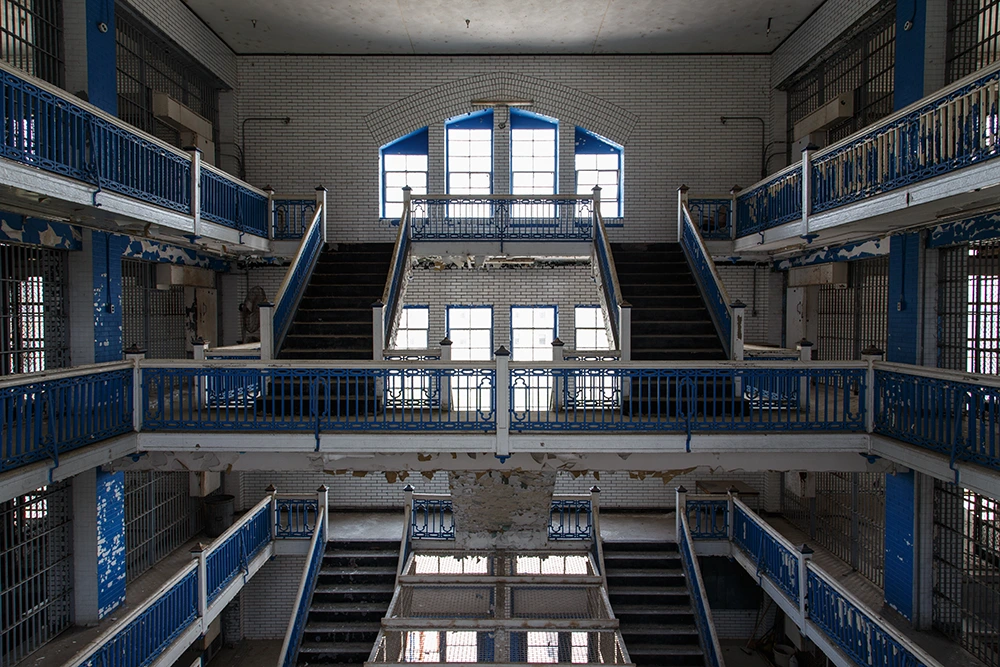
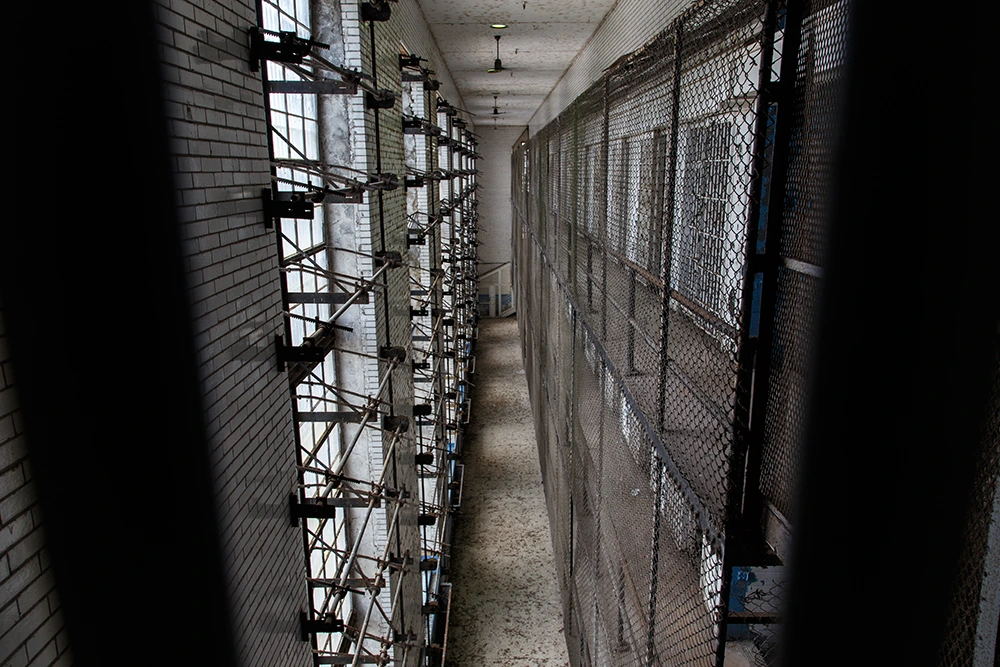
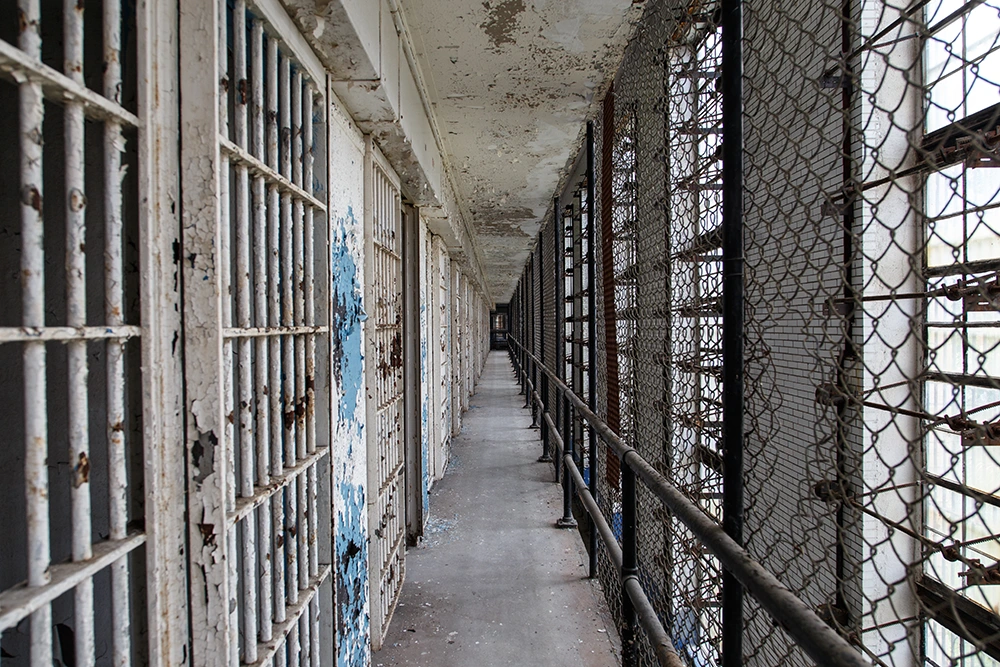
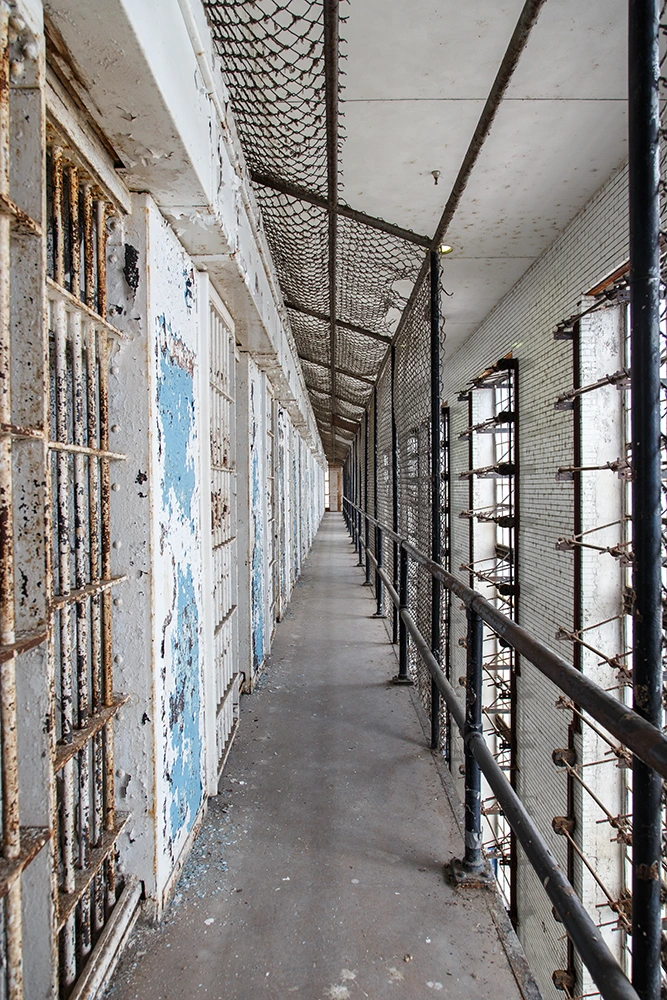
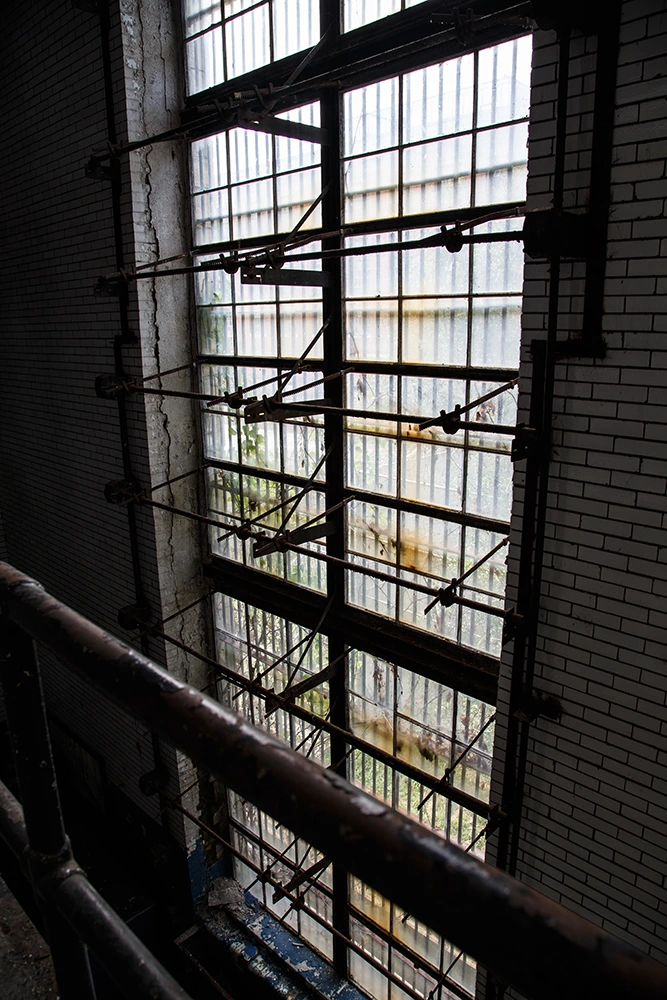
Death Row:
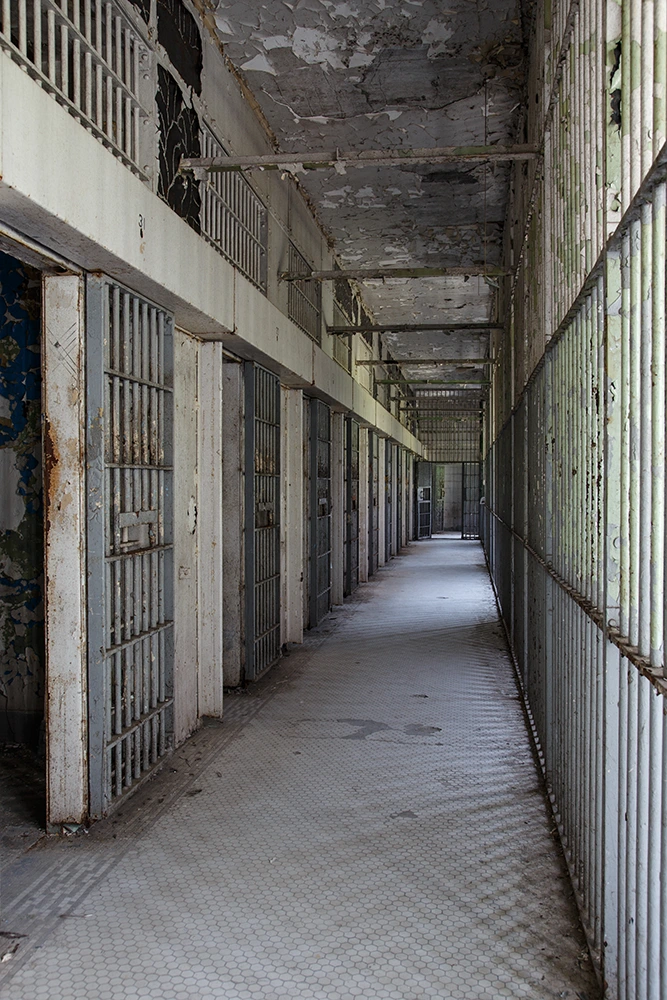
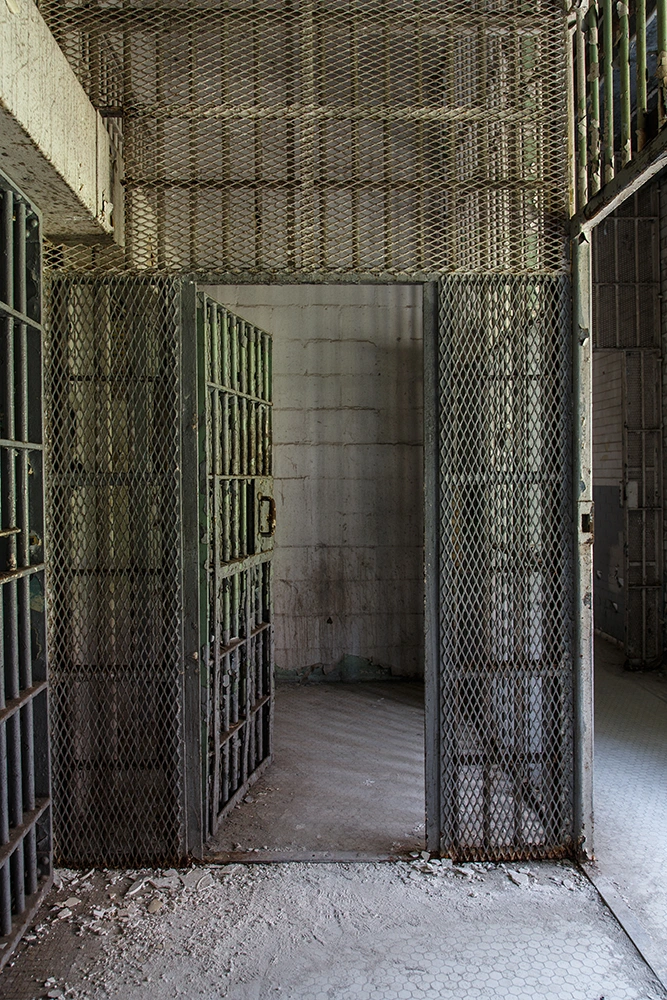
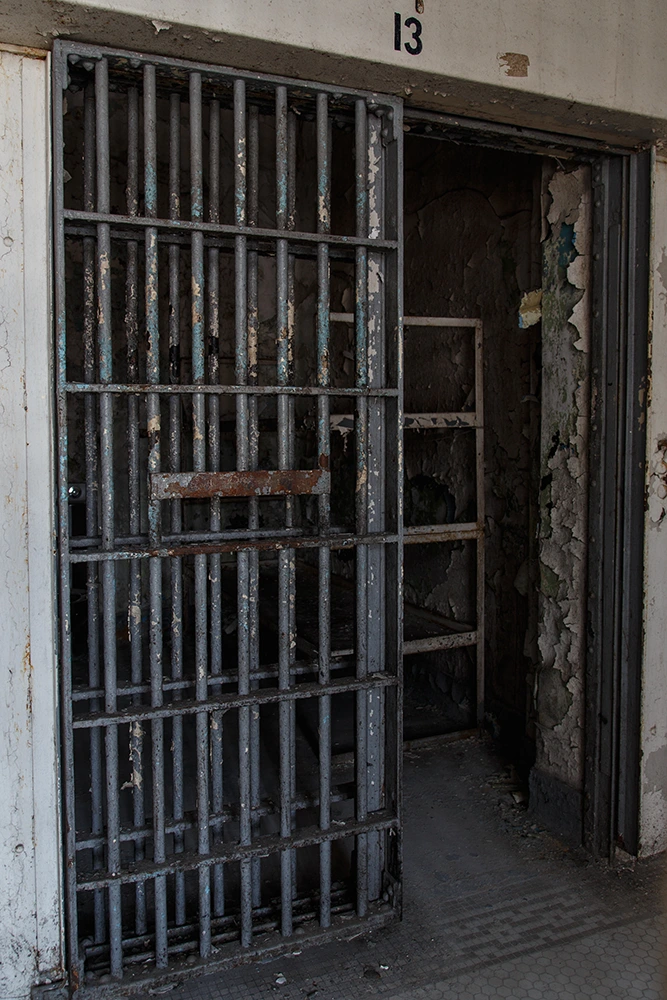
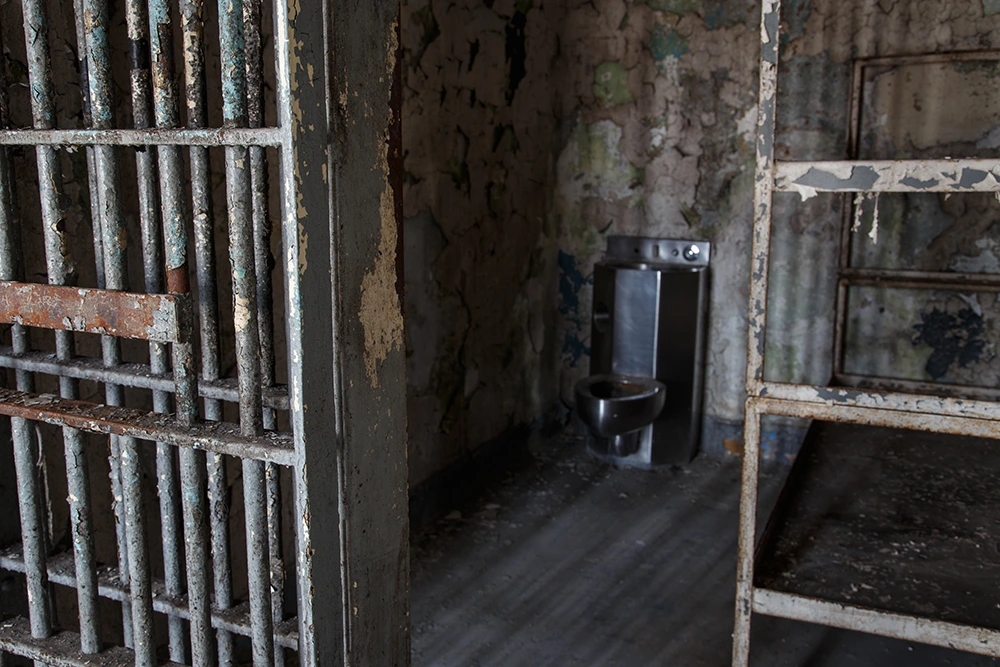

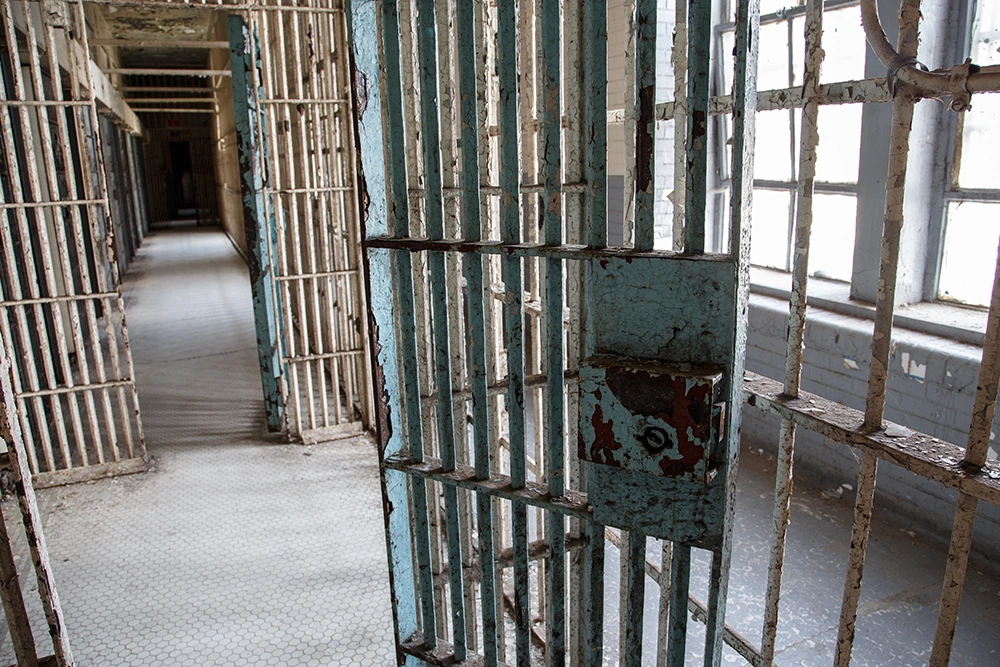
Execution Chamber (40 men and one woman were executed here):
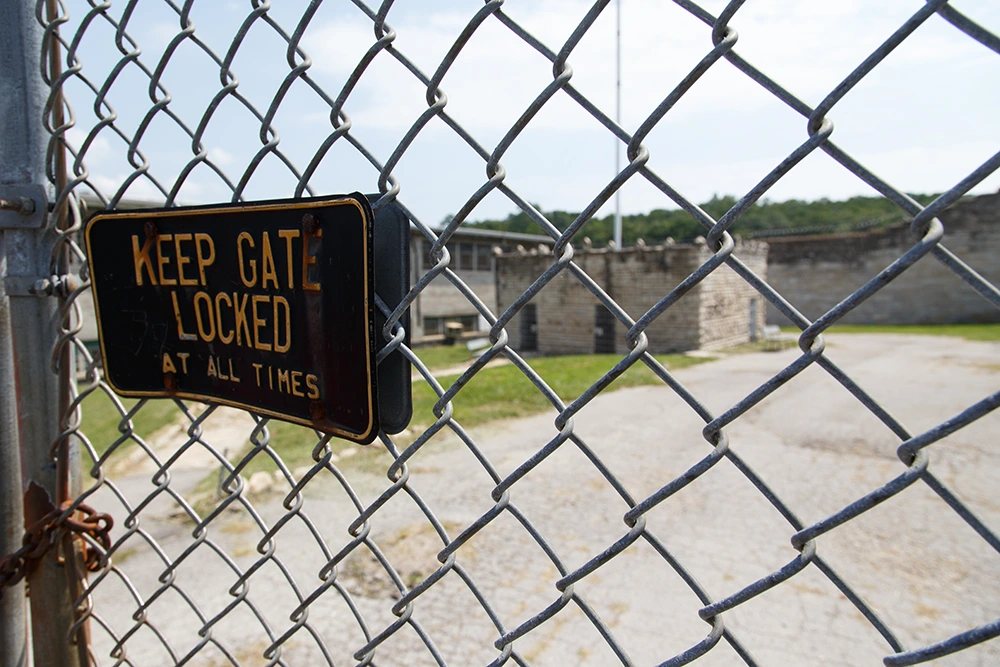
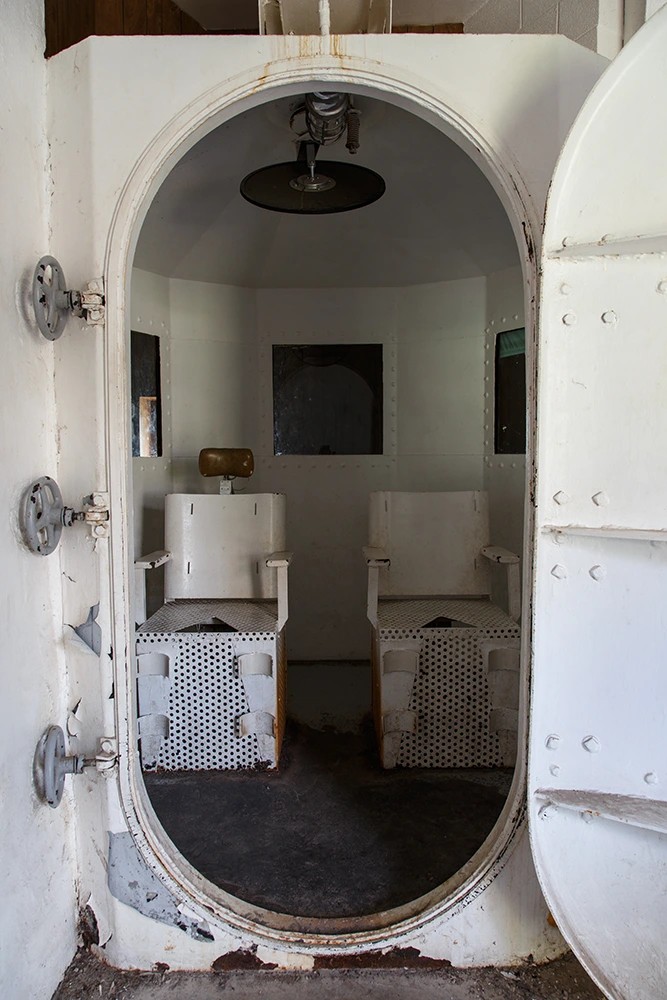
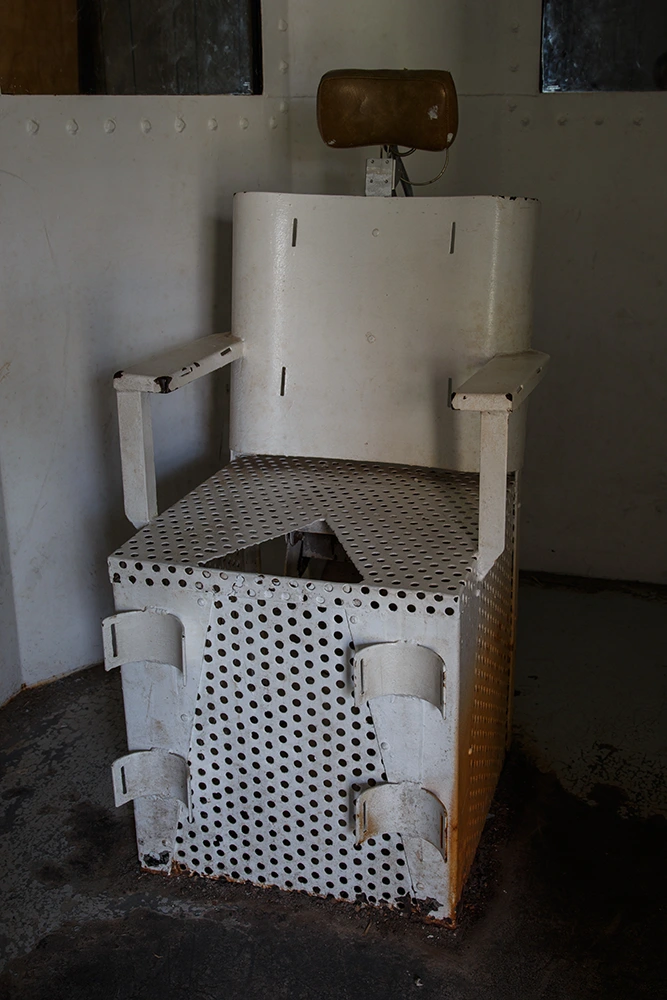
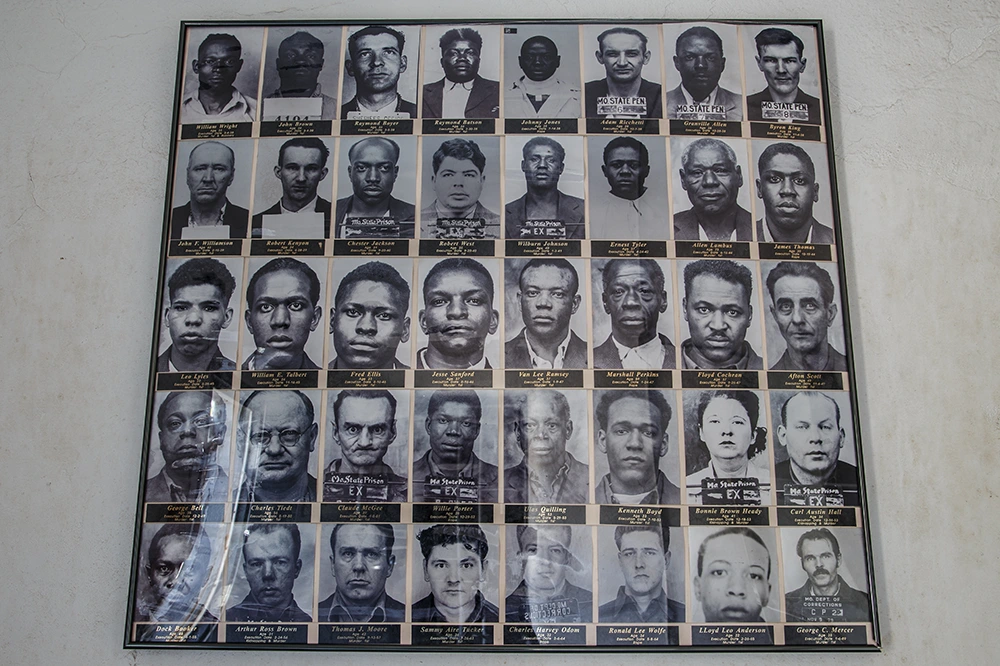
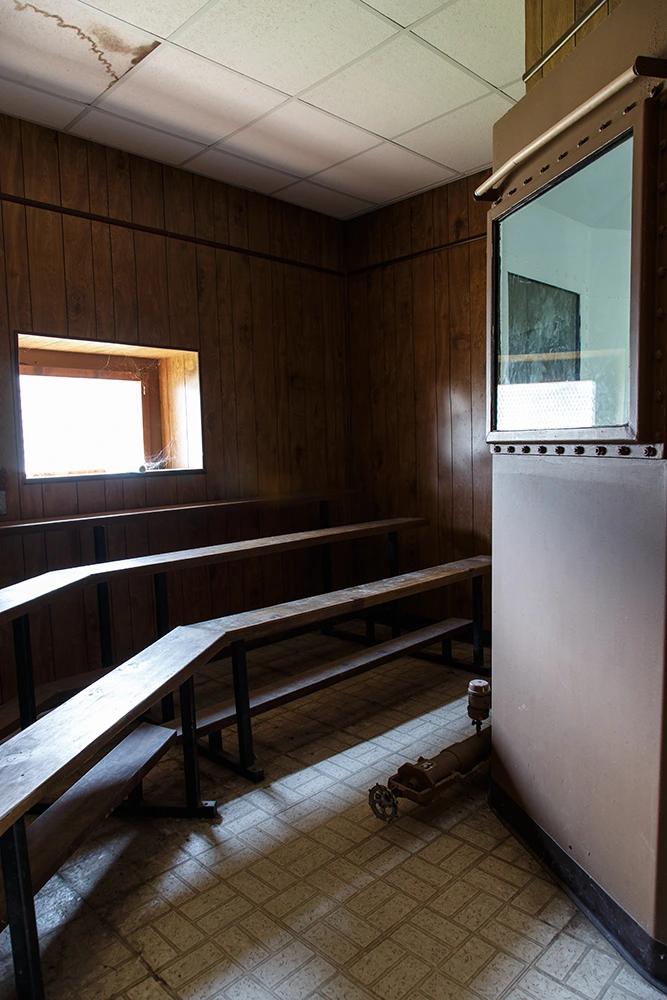
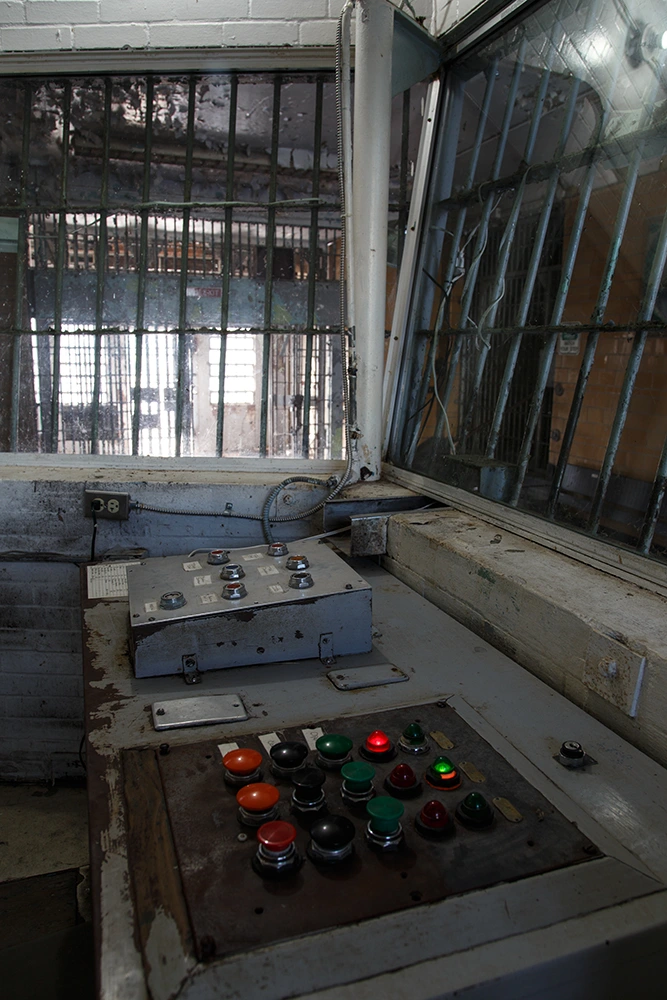
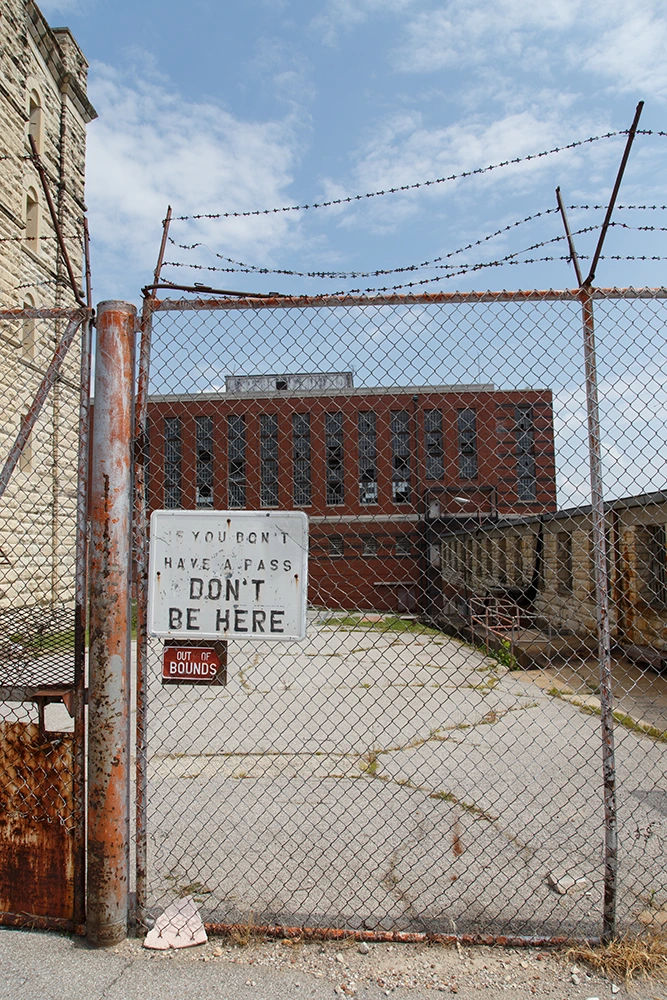
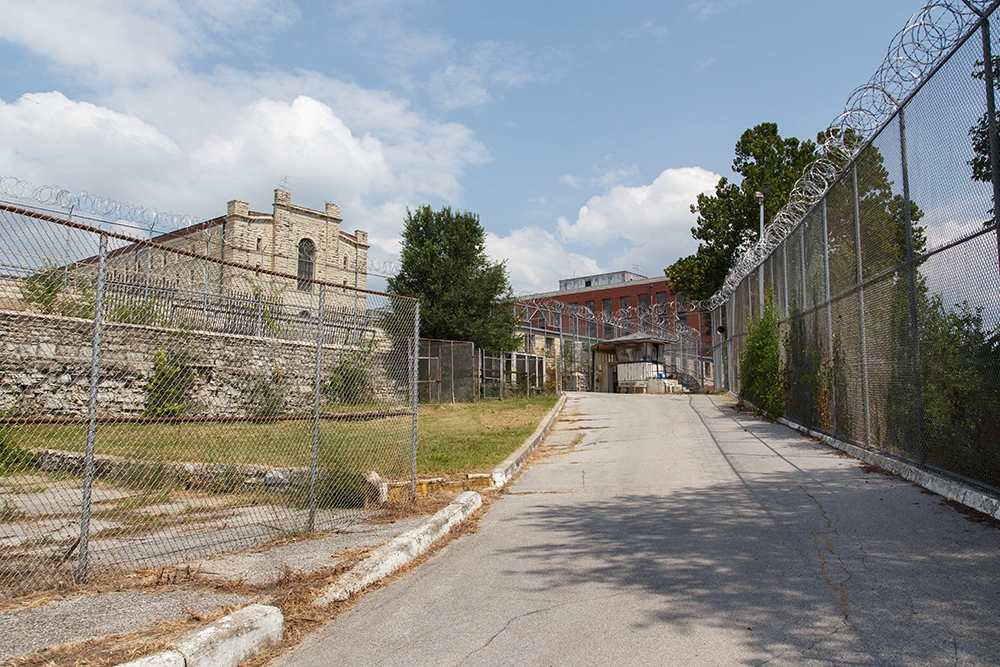
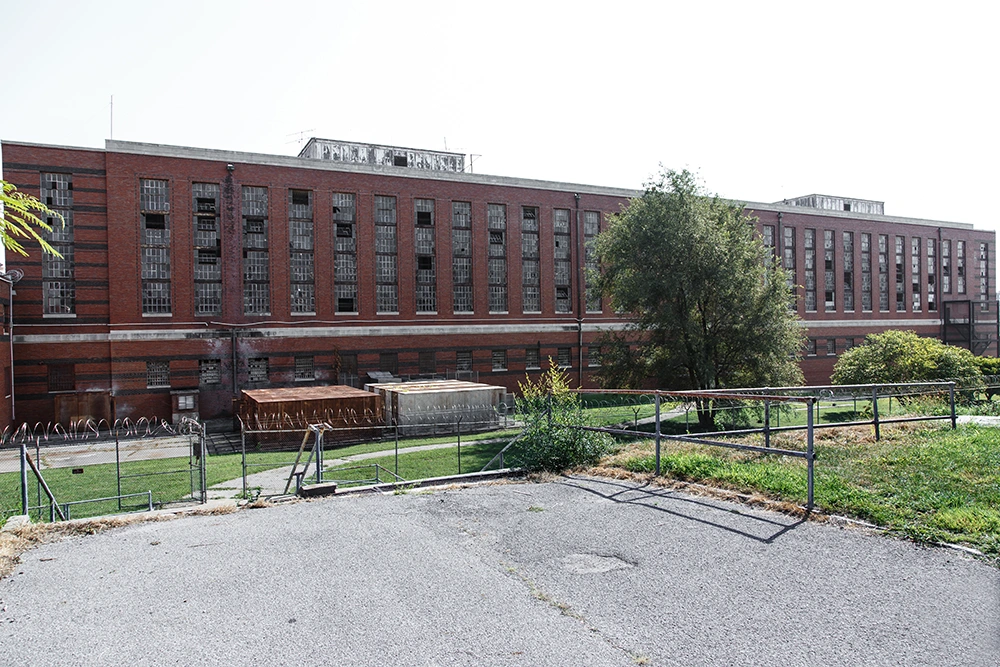
Labels: architecture, government, historic, history, industrial, institution, jail, prison, sublunar
Monday, August 19, 2013
Renz Correctional Center was opened in 1961 as a high-security prison for female offenders. It was designed to hold about 500 prisoners and was known as Renz Farm because it was used to raise chicken and grow produce. Its most notable place in history pertains to the escape of James Earl Ray from the Missouri State Penitentiary just down the road. He managed to hide inside a delivery truck that was heading to Renz to deliver bread. At some point along the route, he got out and was on the run for about a year before ultimately performing the crime for which he was made famous. On April 4th, 1968, James Earl Ray assassinated Martin Luther King, Jr in Memphis Tennessee at the Lorraine Motel where King had booked a room.
In 1993, during the Great Flood of the Missouri and Mississippi rivers, the overflowing river water was heading straight for the prison. The administration had planned for evacuation several times throughout the course of the year due to spring flooding and constant rain. On July 2nd, 1993, the evacuation of prisoners began and was completed successfully without incident within two days time. After the prisoners had been moved to another facility, the corrections staff returned in boats to salvage remaining equipment from the building and move other property up to the 2nd floor. They had every intention of returning once the waters receded. But the crest of the river continued to climb until reaching 38.6 feet, overtaking the 32 foot high levy that was designed to protect the facility. As the flood-waters finally receded, they left behind a 15 foot deep lake across the 15 acres of the property and they took the 9 foot tall security fence along with them. Inspectors discovered that the building was beyond repair and the decision was made to close the facility permanently.
Source: 1
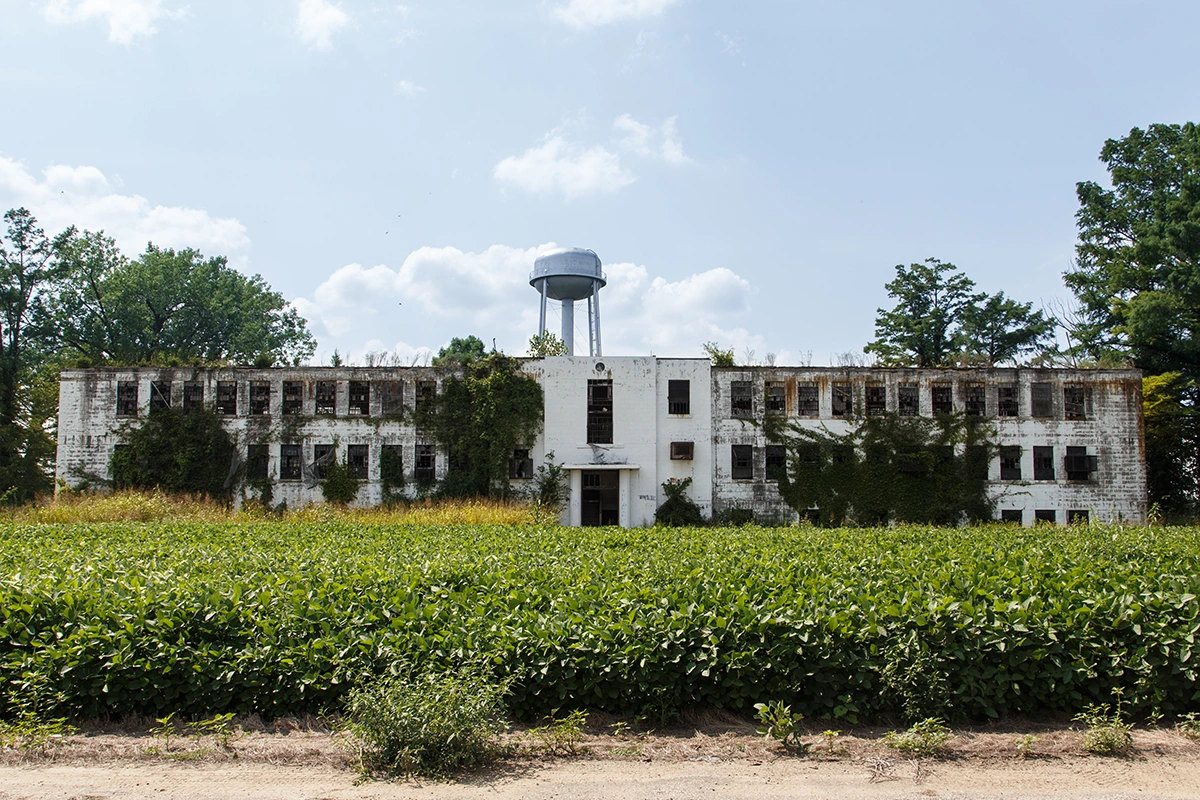

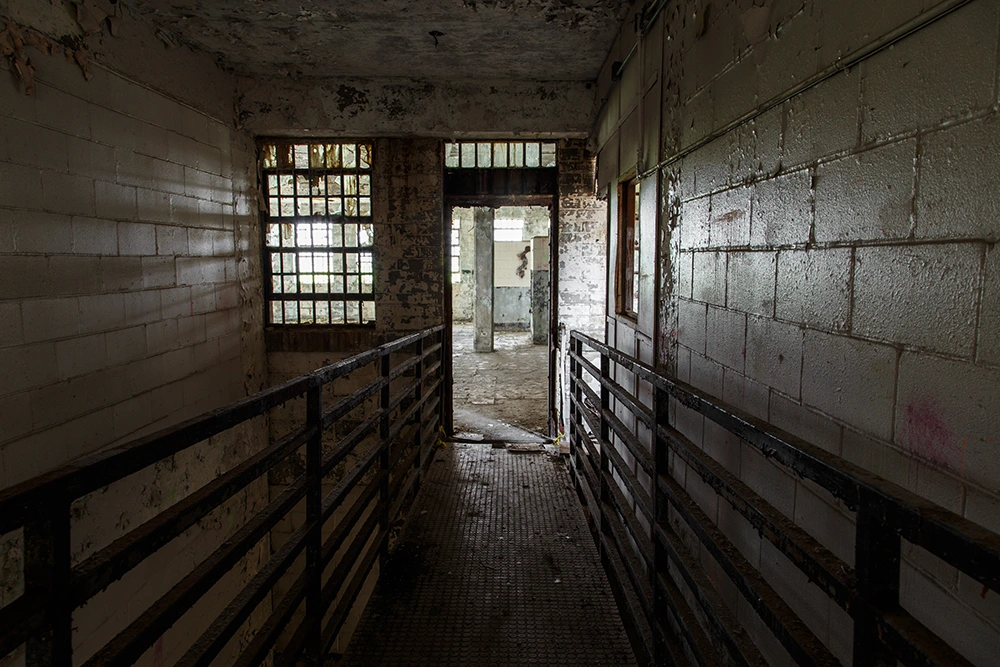
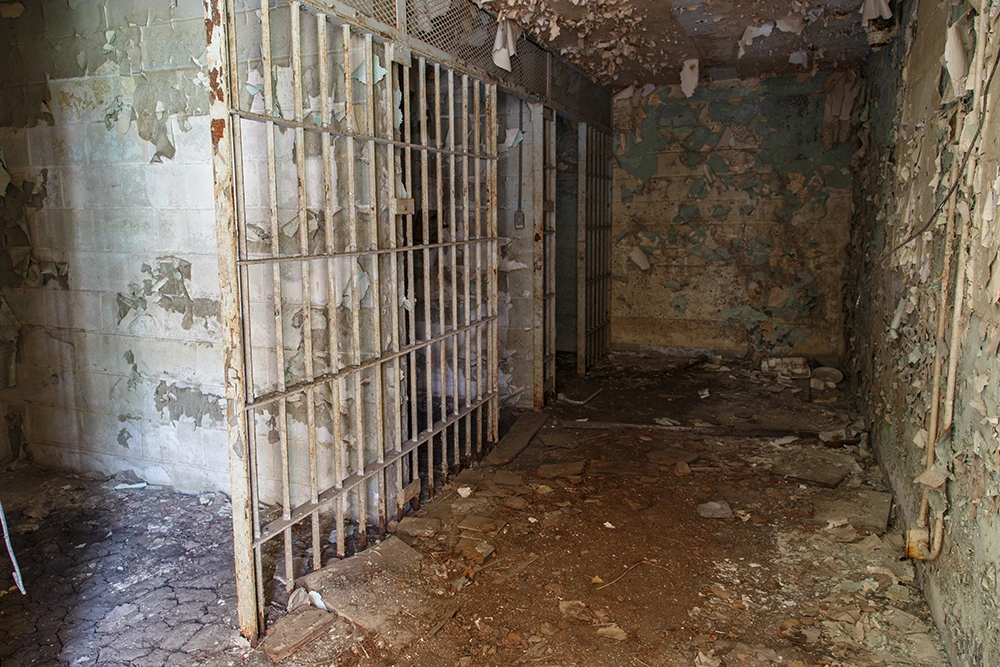
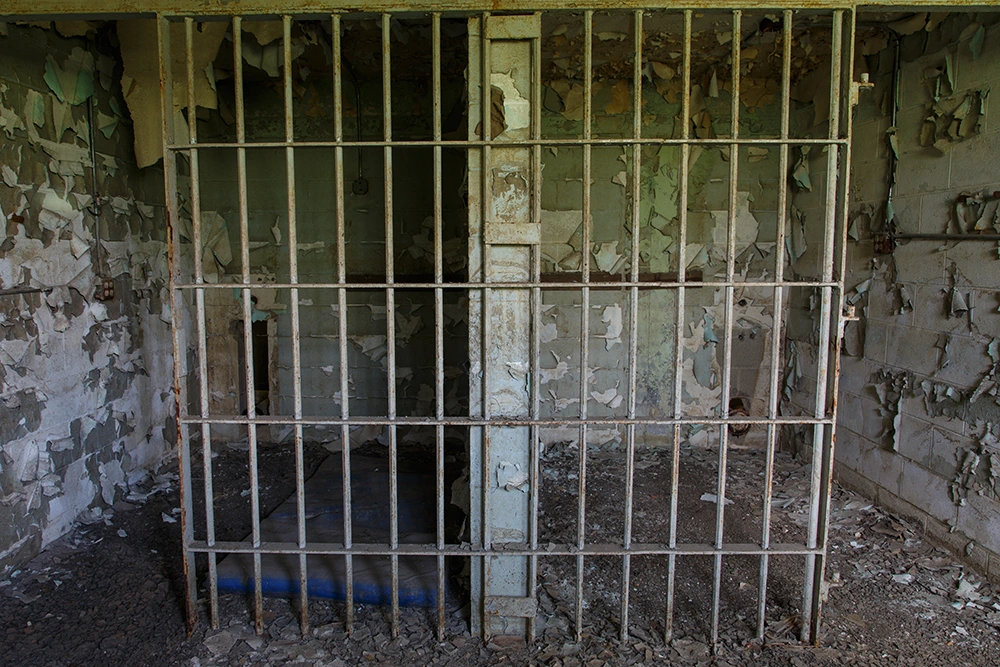
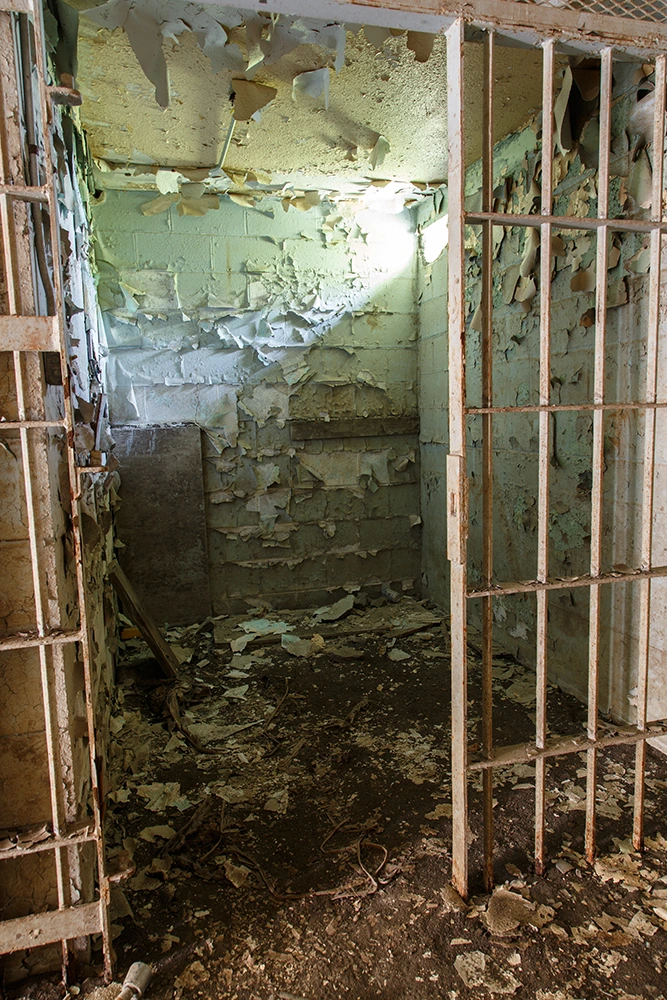
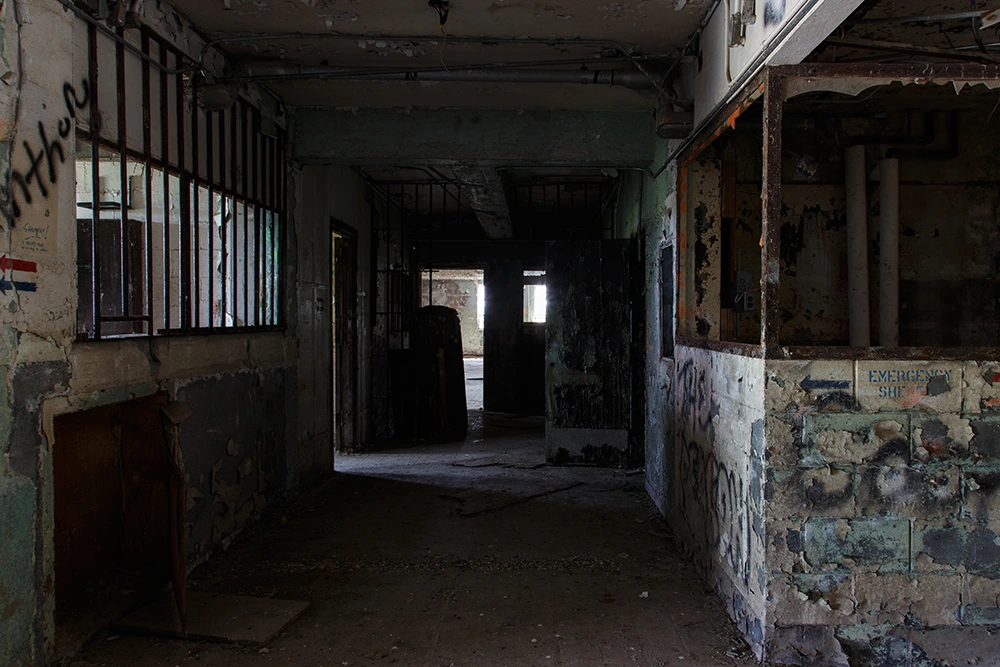
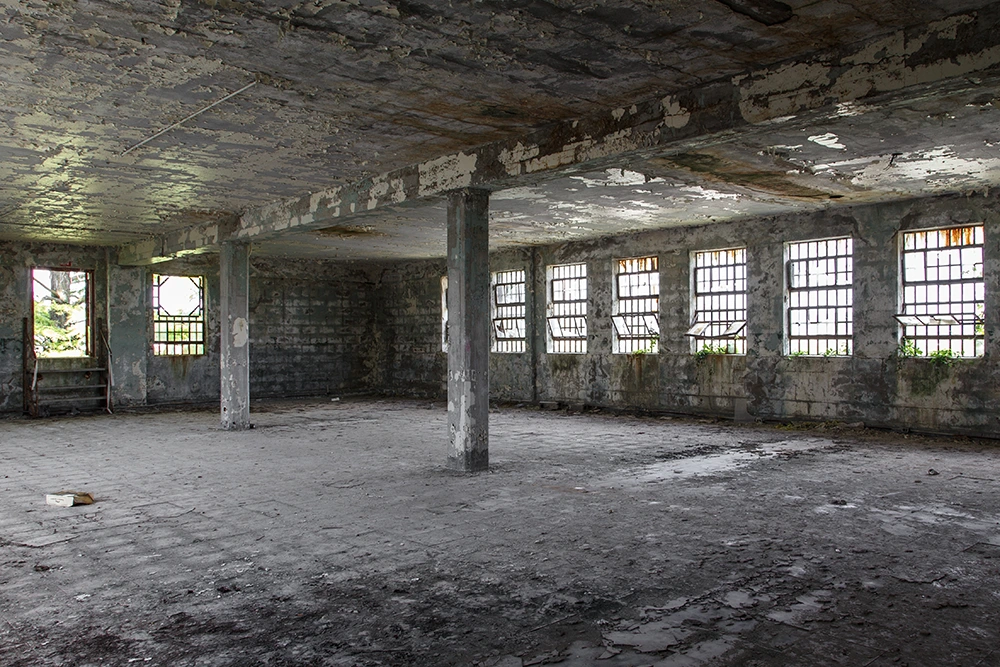
Labels: abandoned, government, industrial, institution, jail, prison, ruins

